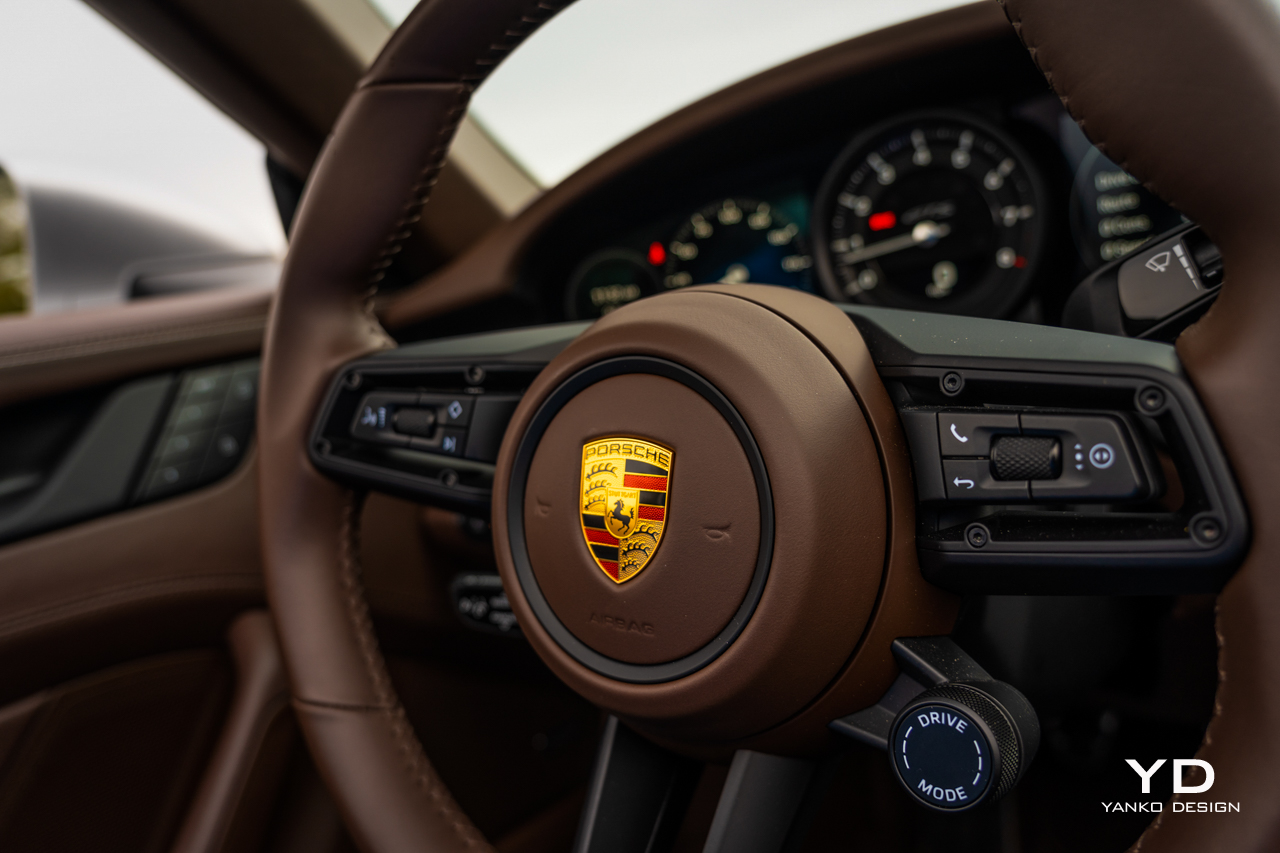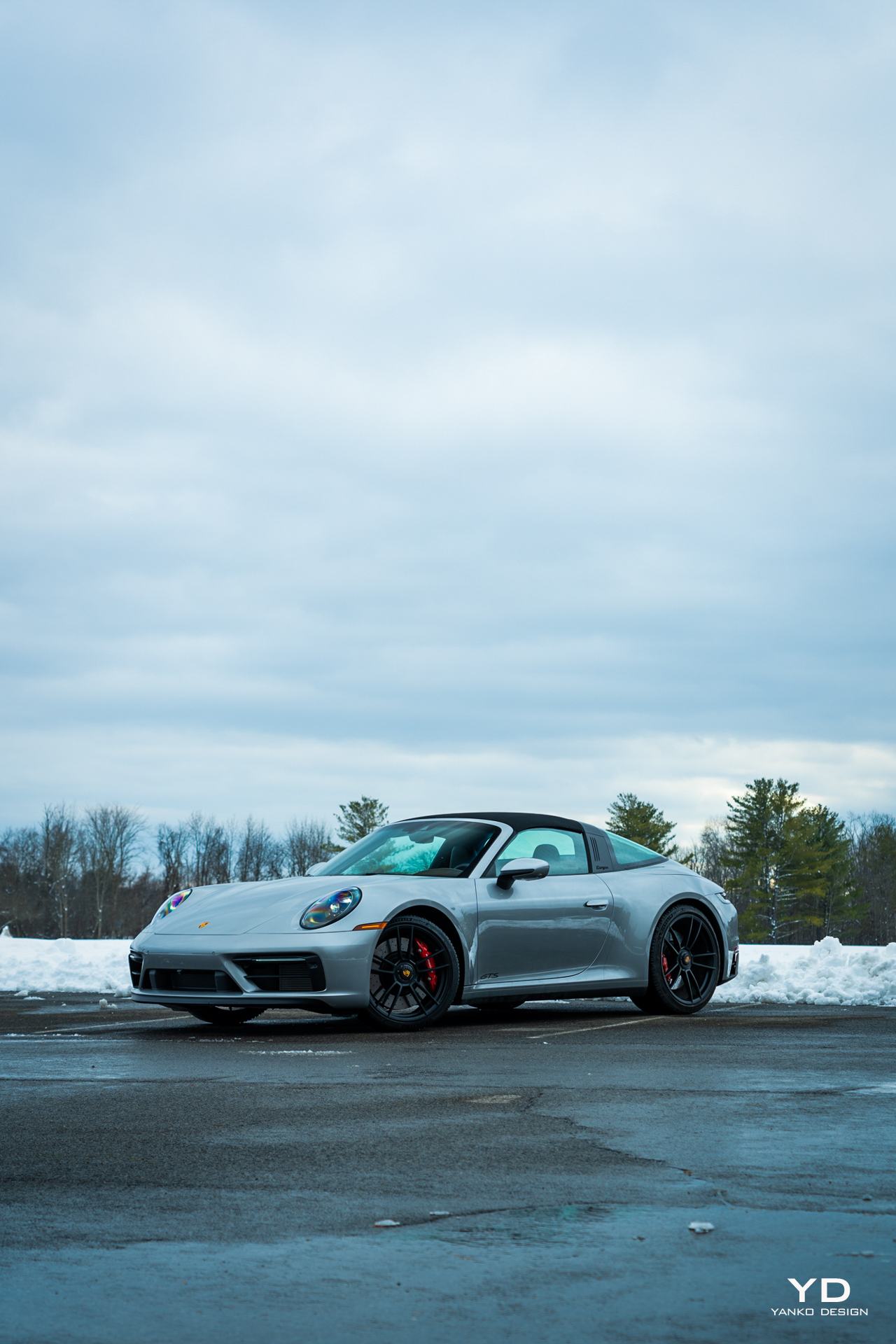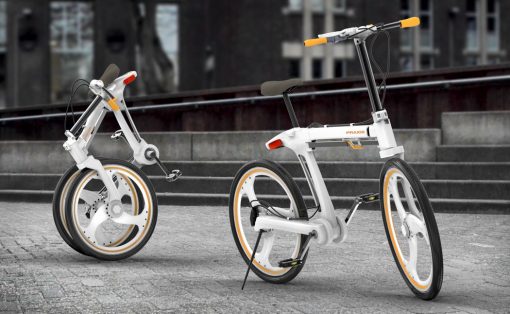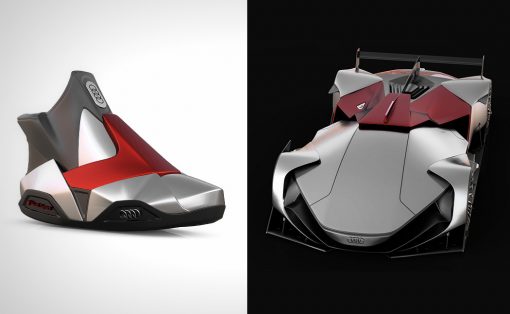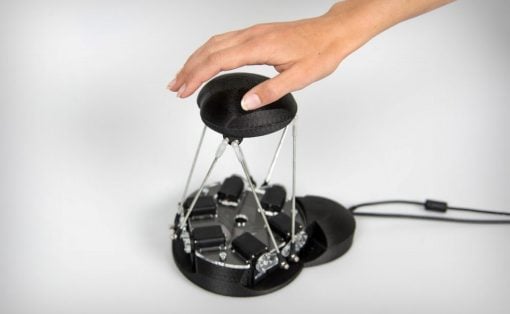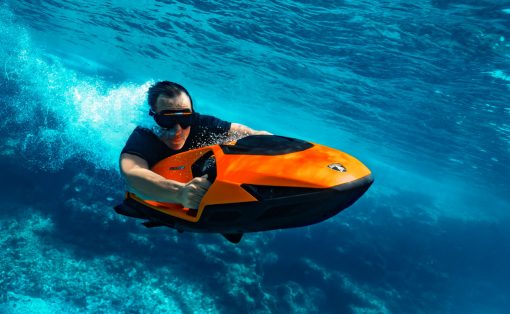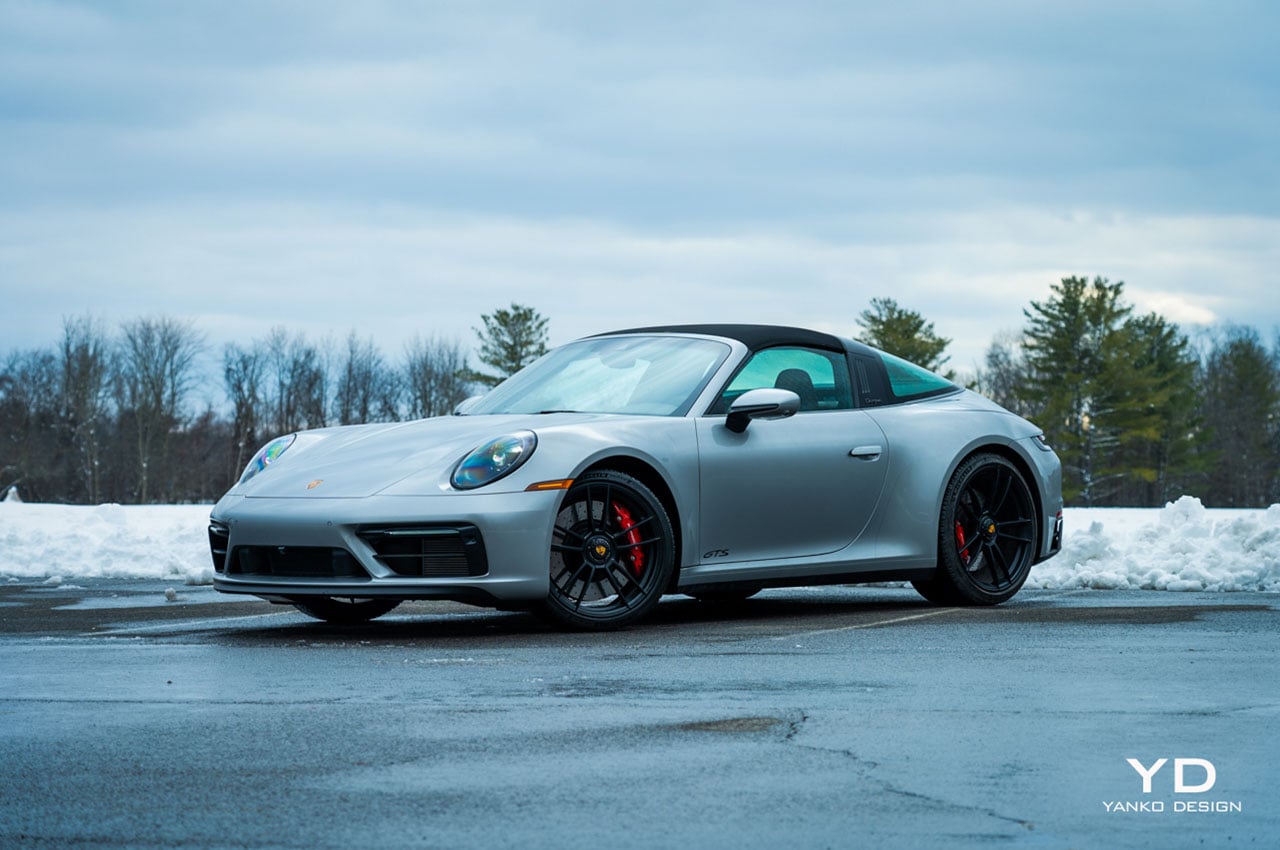
PROS:
- Beautiful styling
- Superb performance
- All-weather excitement
CONS:
- Expensive
- Slight road noise increase
There are few more iconic sports car shapes than the Porsche 911, and I’d argue there are no more iconic targas than the 911 Targa. It helps that Porsche is one of the few major manufacturers still making the things, but that doesn’t change the fact that this is the one that defines the template.
What is a targa? Not quite a hardtop coupe, not quite a convertible, a targa attempts to split the difference. Whether it’s something like the split T-Tops of the ’80s and ’90s or the more comprehensive setup you see here, a targa has always been a good choice for someone who wanted the feeling of open-top motoring without all the compromises that a convertible brings to the table.
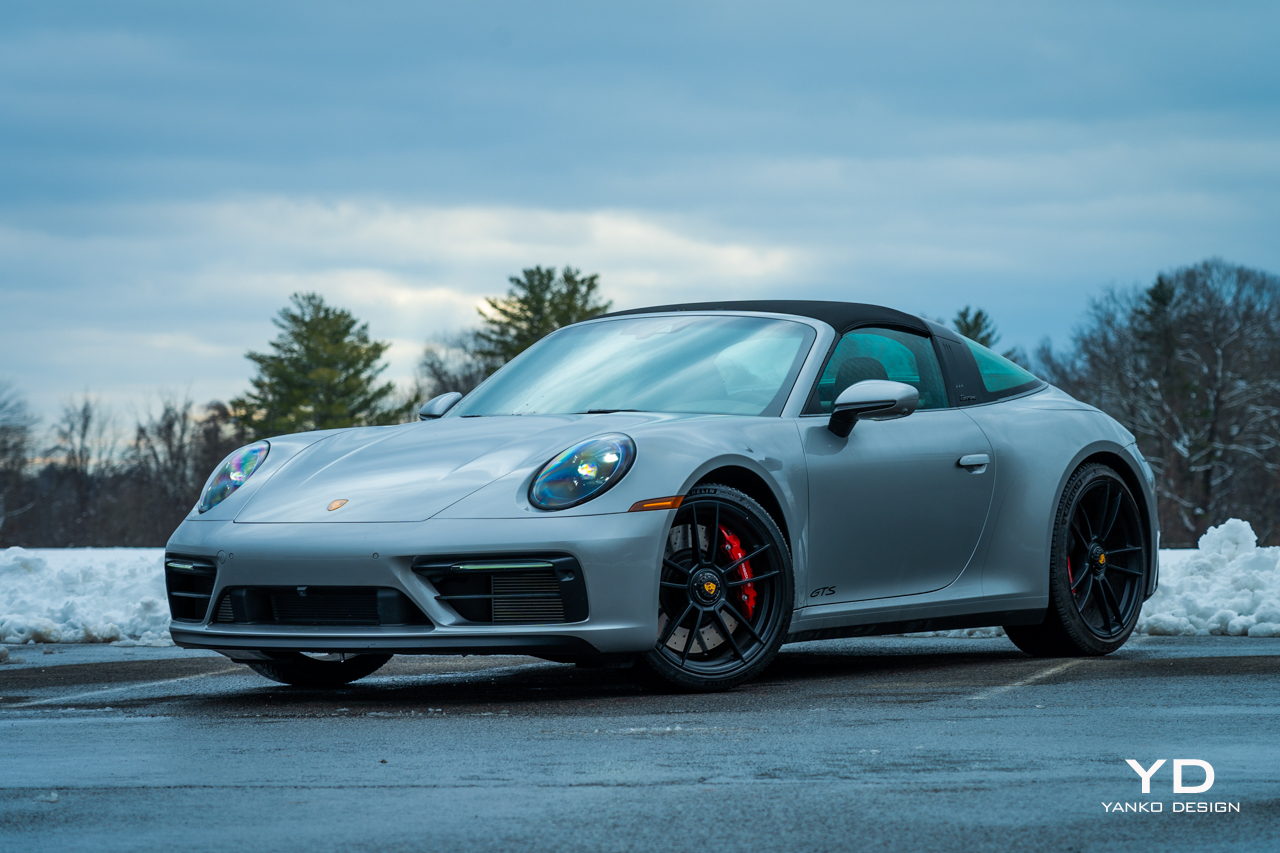
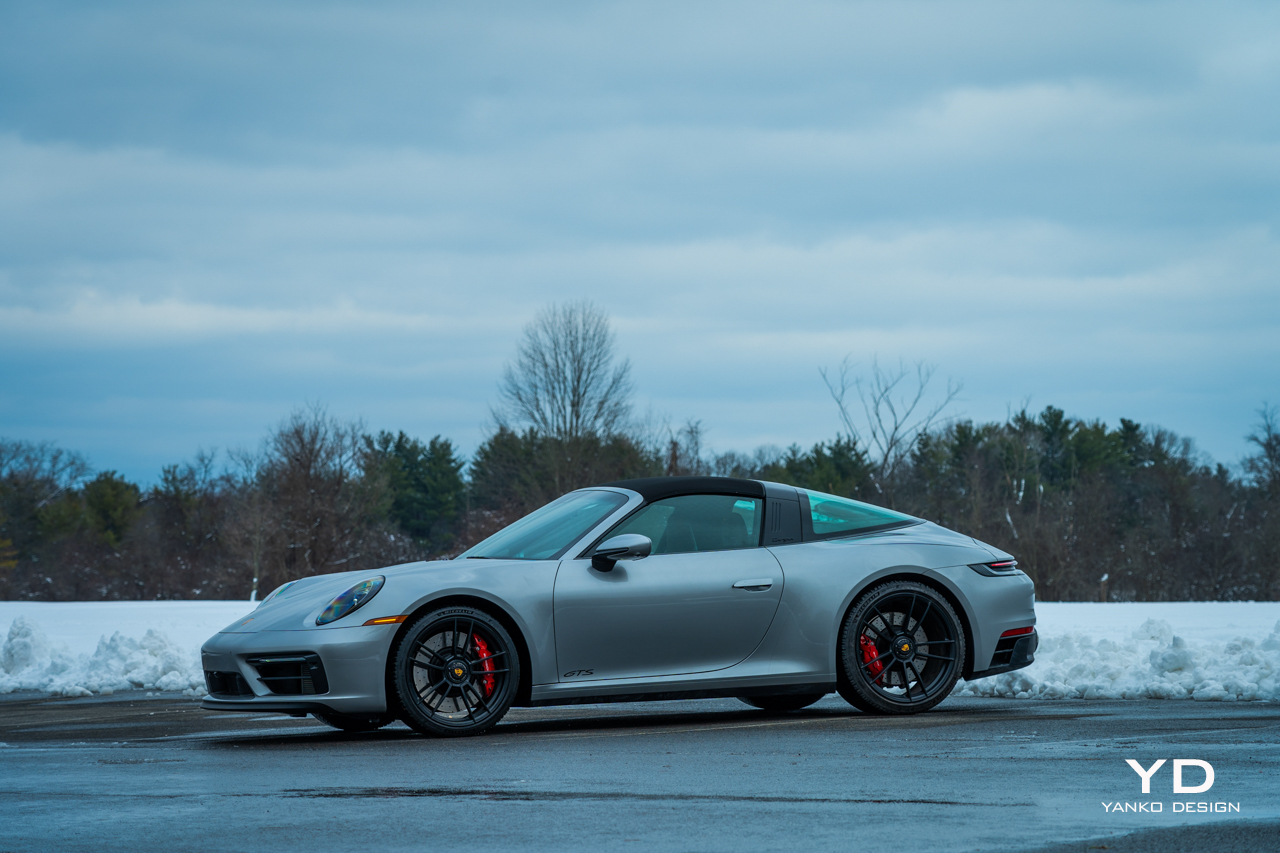
Compromises
Mind you, there are still a few compromises here. Porsche’s 911 Targa 4 GTS weighs 3,653 pounds, about 200 pounds more than a comparable Carrera 4 GTS, 50 more even than a Cabriolet, but it comes with a number of advantages. Perhaps most significant? The look. That iconic, fat B-pillar roll hoop that defines this car is just as strong as ever on this, the latest version of the Porsche 911, the 992.
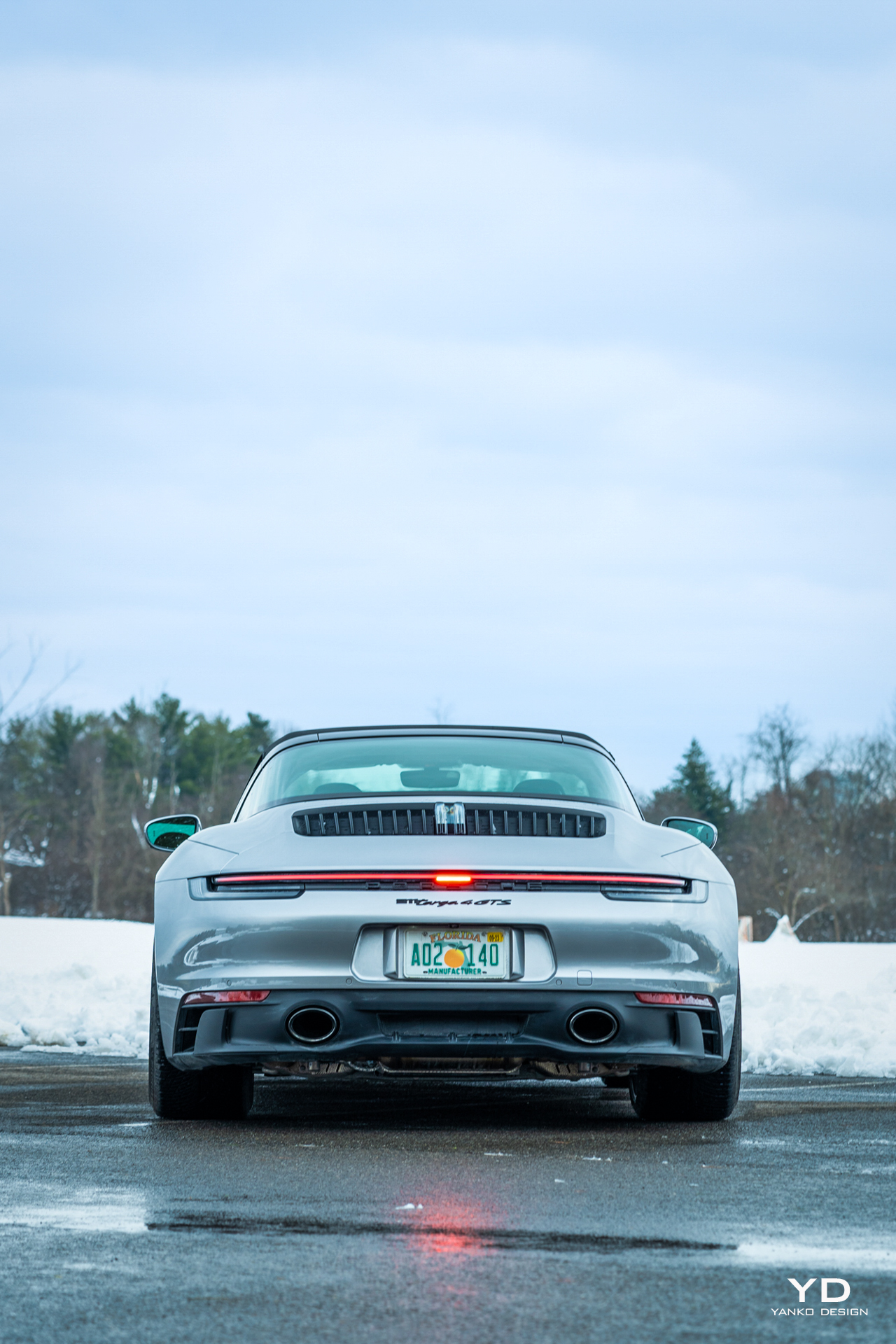
Still there and still creating some massive blind-spots, but harkening back to the 1965 911 Targa that kicked all this off. This new Targa is rather more advanced, though, with a power-folding mechanism that drops the top in 19 seconds.
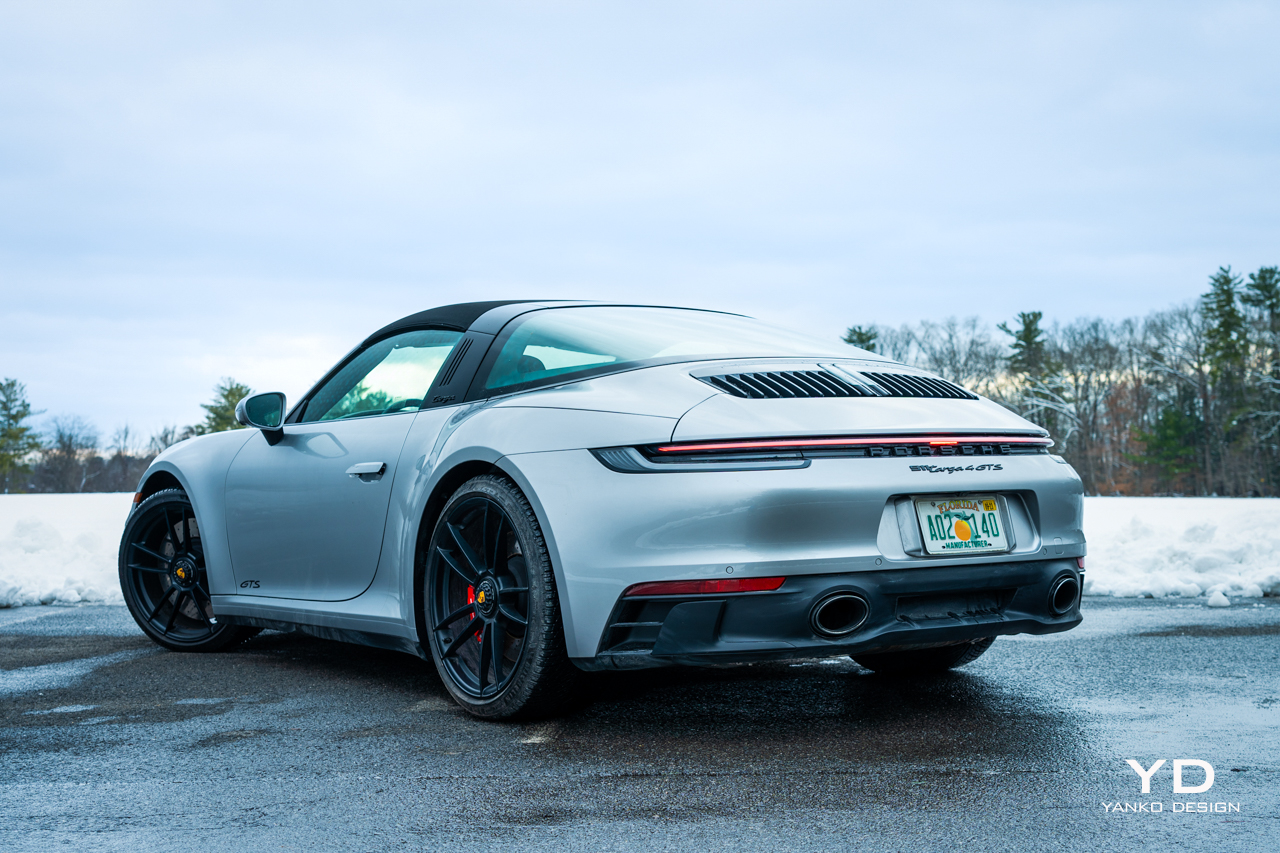
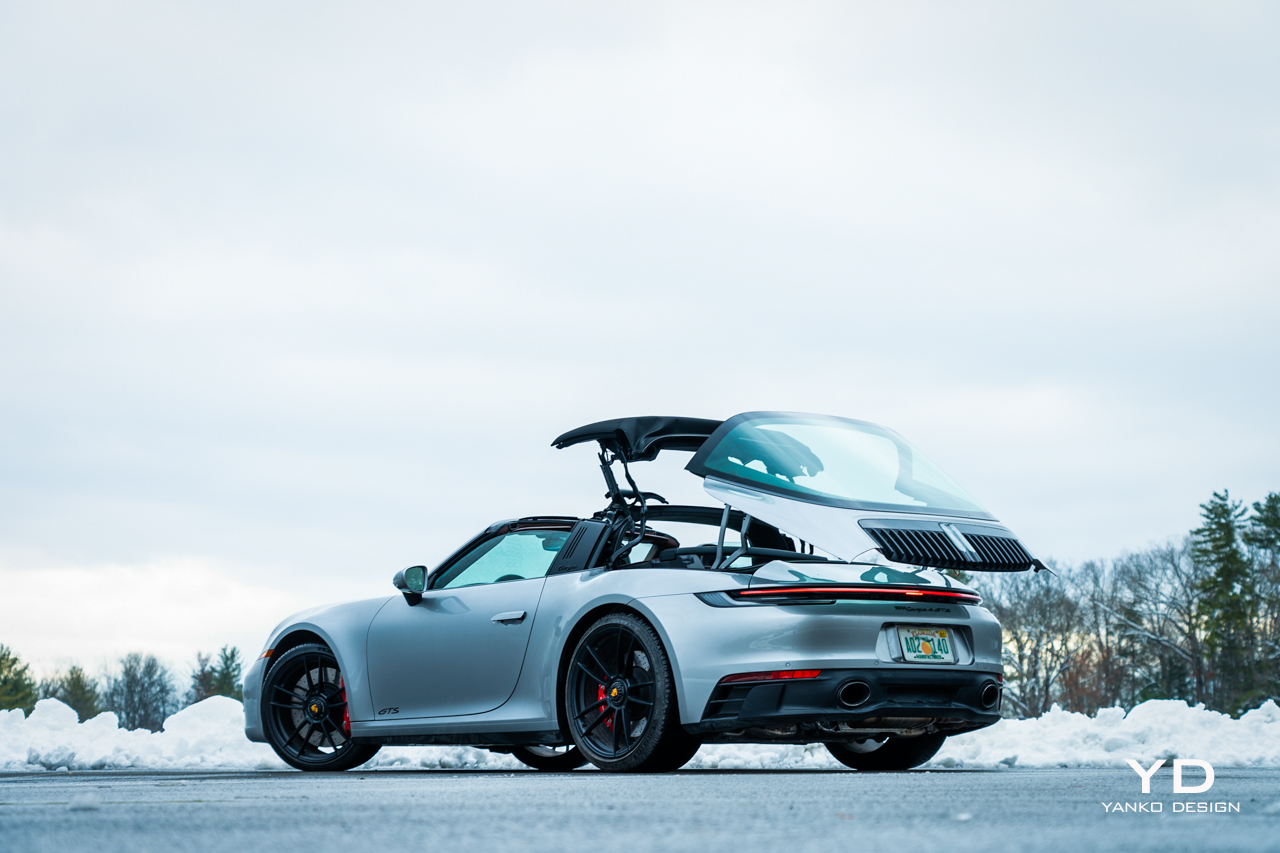
That wide hoop flows perfectly into the giant sheet of curved glass that is the other signature element of the Targa, a pane that is hoisted rearward by the folding mechanism to allow the fabric portion of the top to tuck itself into the rear parcel shelf. It’s a dramatic process.
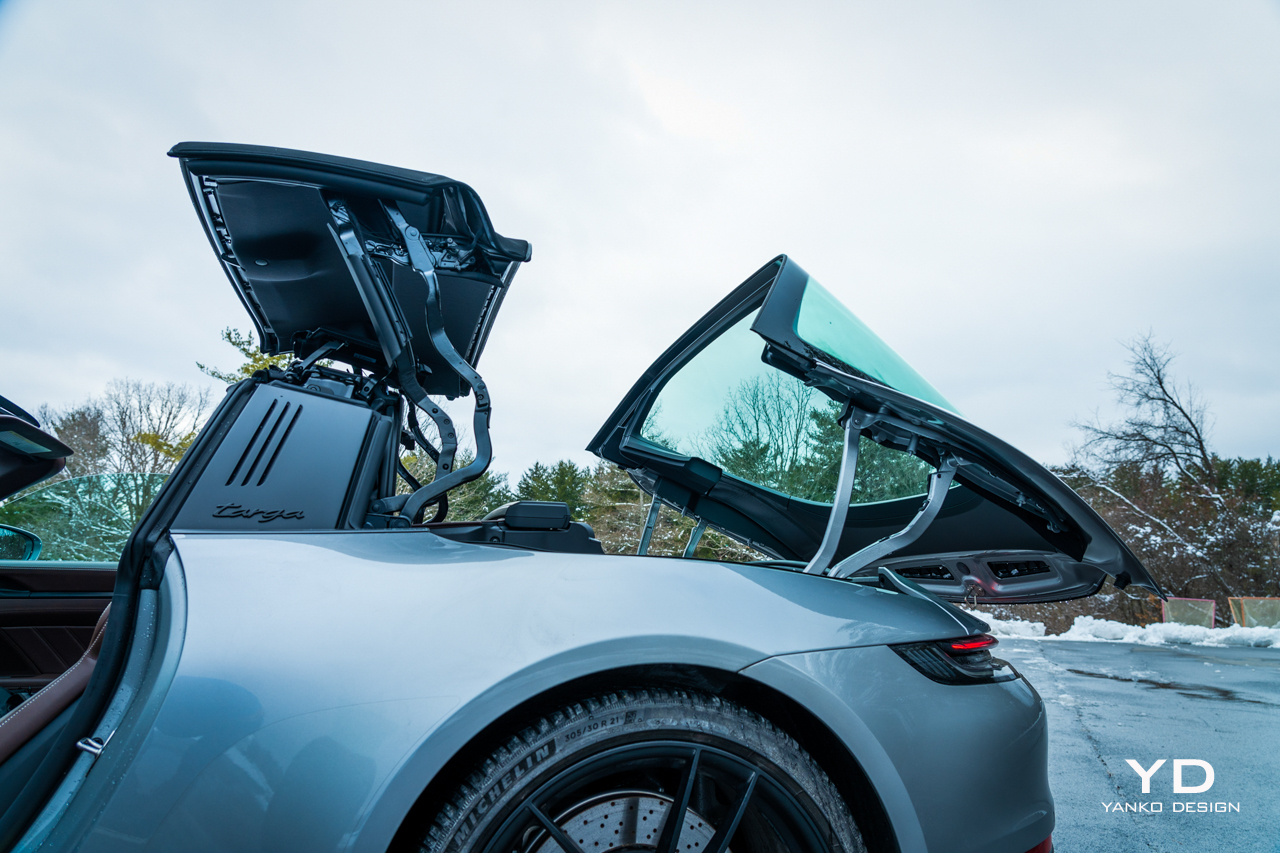
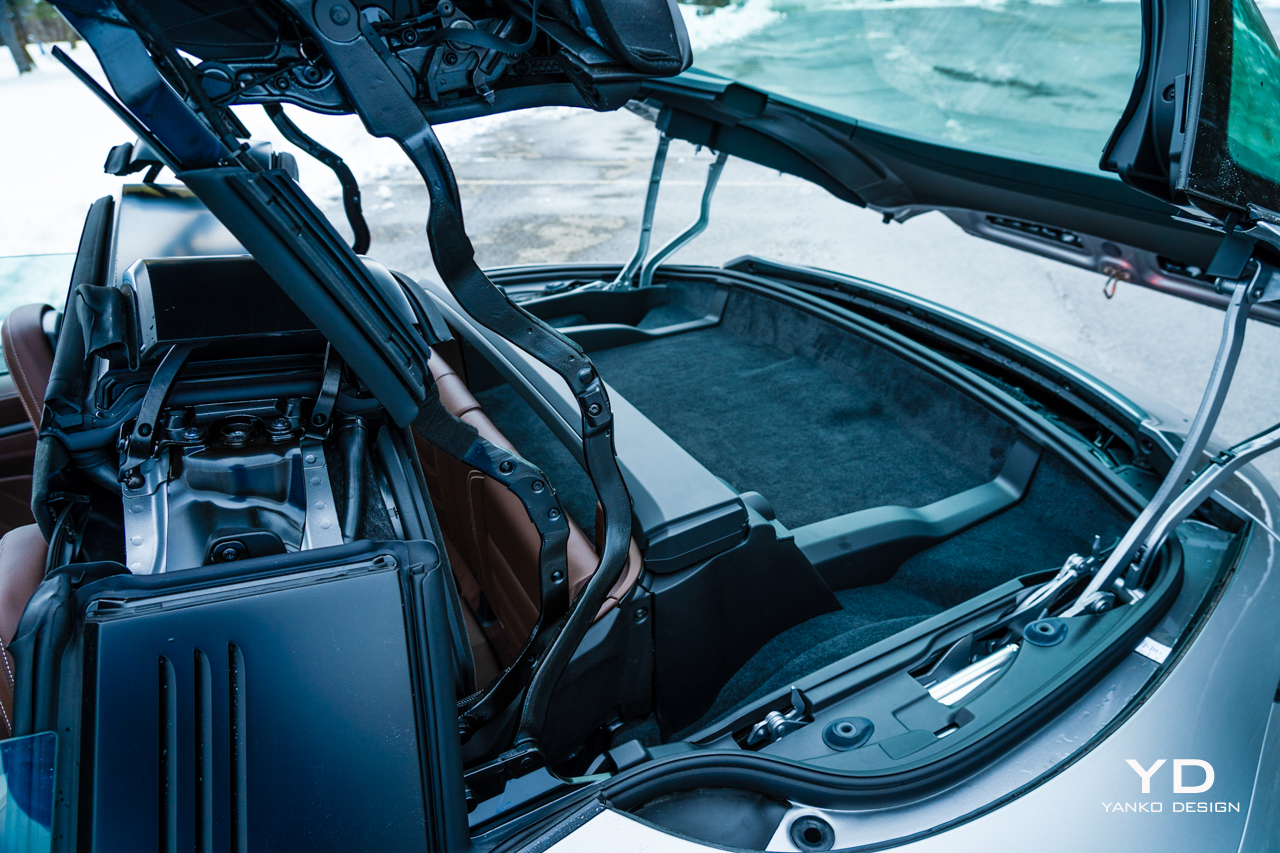
With the top up, the 911 Targa is very nearly as civilized as a regular 911 Carrera. There’s a bit more road and wind noise, sure, and harsh suspension compressions like separation joints on concrete do tend to jar the nerves, but part of that must also be attributed to the massive 245/35 R 20 front and 305/30 R 21 rear tires on here.
With the top down and the windows down, the driving experience is every bit as good as a convertible. The wind pattern is a bit different, and if you’re the sort who likes to roll with the top down and the windows up you’re going to have some buffeting to deal with. But, drop the windows down a few inches and all that goes away.
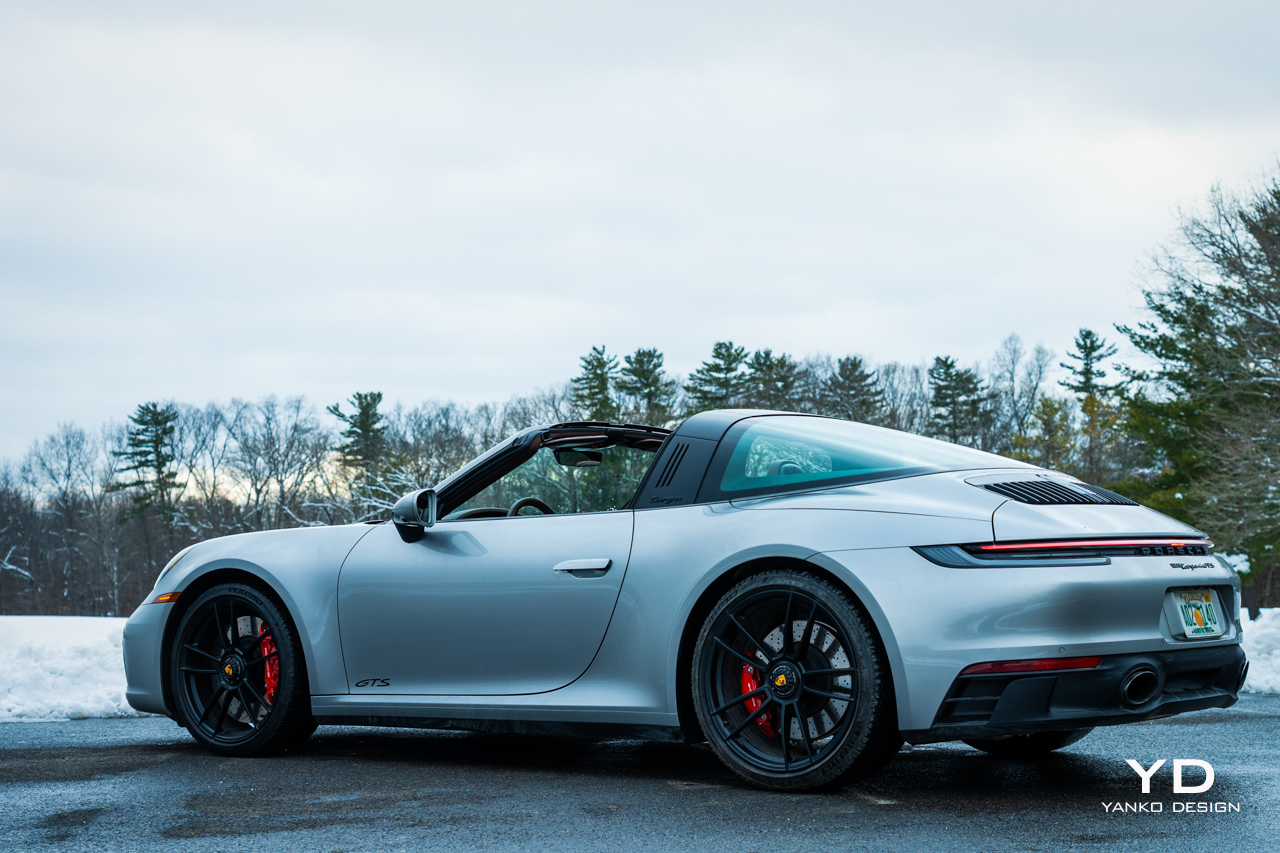
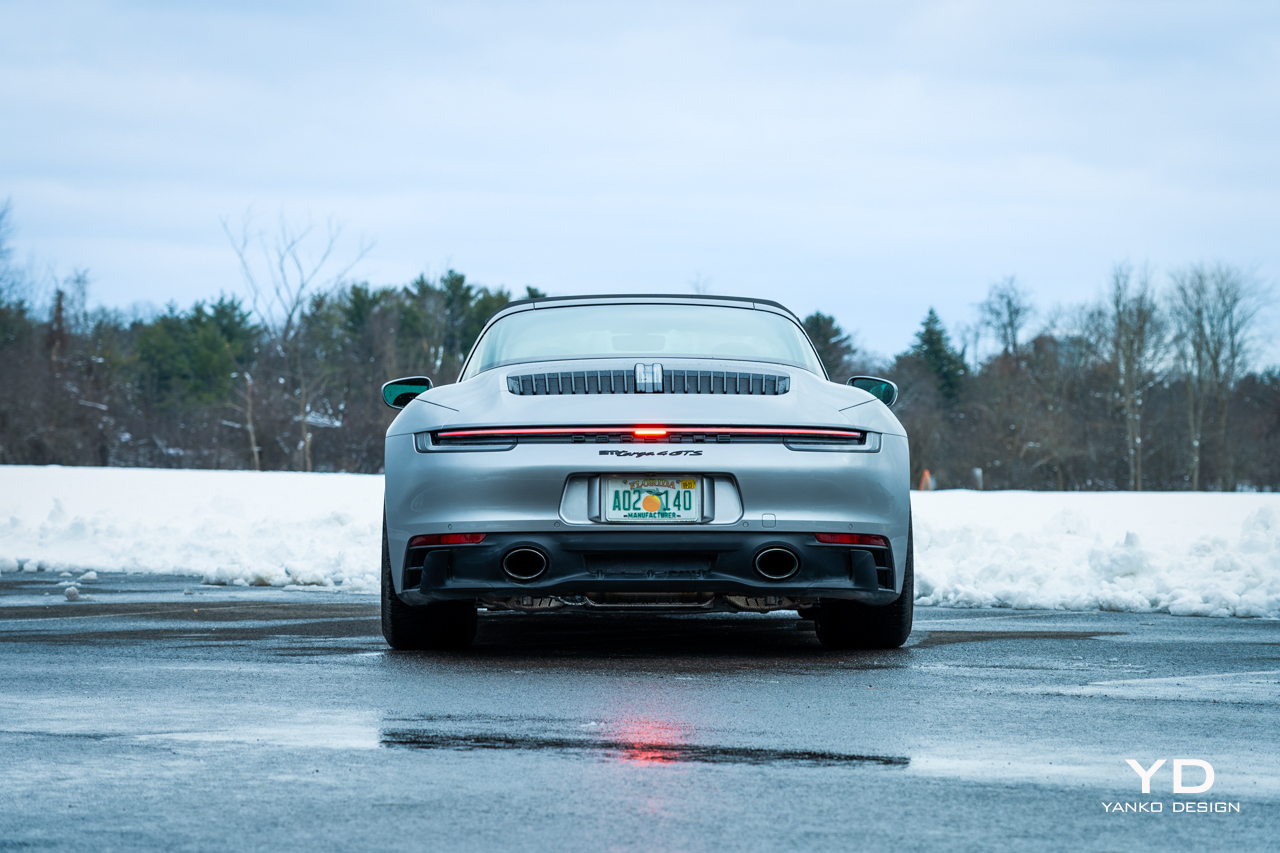
Familiar
On the inside, the 911 Targa is little different than a standard 992 Porsche 911. A pair of buttons sit just ahead of the central cupholder, one to drop the top and another to hoist it. Then there’s a single latch positioned above the rear-view mirror that engages and disengages all on its own. The headliner is just as soft and premium as you’d expect on a coupe, though not quite as nice as the Alcantara-like material that covers the inside of the roll hoop.
Creases run through the middle and down either side of the headliner where it folds in upon itself, functional elements that could just as well be design signatures.
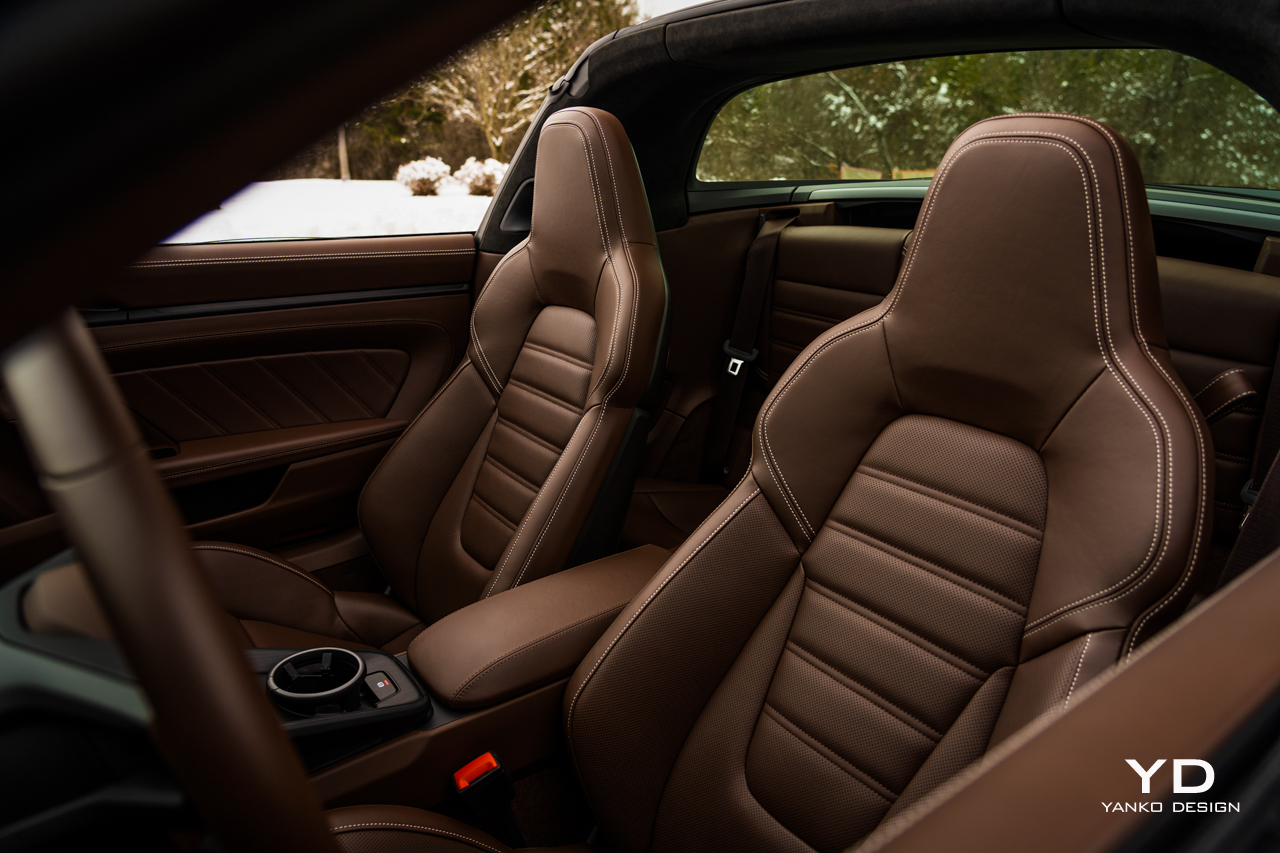
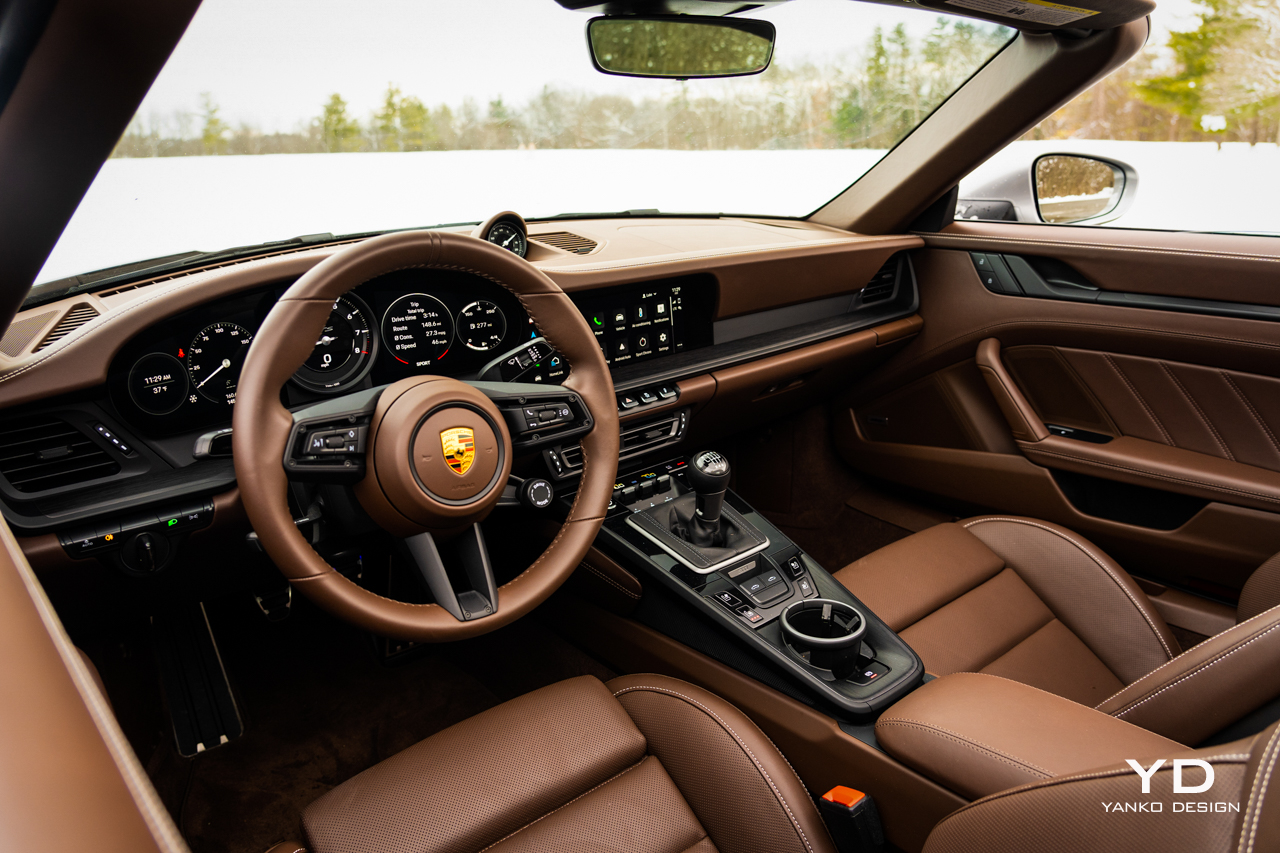
But otherwise, everything else is the same, almost entirely monotone Truffle Brown in this example, a chocolate hue that feels eminently appropriate for the ’70s vibe the Targa still carries, bolstered by the optional 930-style leather stitching pattern seen. 911 interiors are still simple and spartan but in the best of ways, a clean look that has everything where you need it. More and more of the more nuanced features of the car have been buried into the PCM’s 10.9-inch touchscreen, but you can still change drive modes, lift the nose, adjust suspension, and toggle seat heaters at the touch of dedicated buttons.
On-wheel controls are comprehensive as well and haven’t moved to capacitive touch yet (thank goodness), providing easy access to the pair of seven-inch displays mounted to either side of the large, 8,000 rpm central tachometer that has a real needle swinging over real numbers. In the center of the dashboard, the Sport Chrono clock peeks back at you, another classic nod.
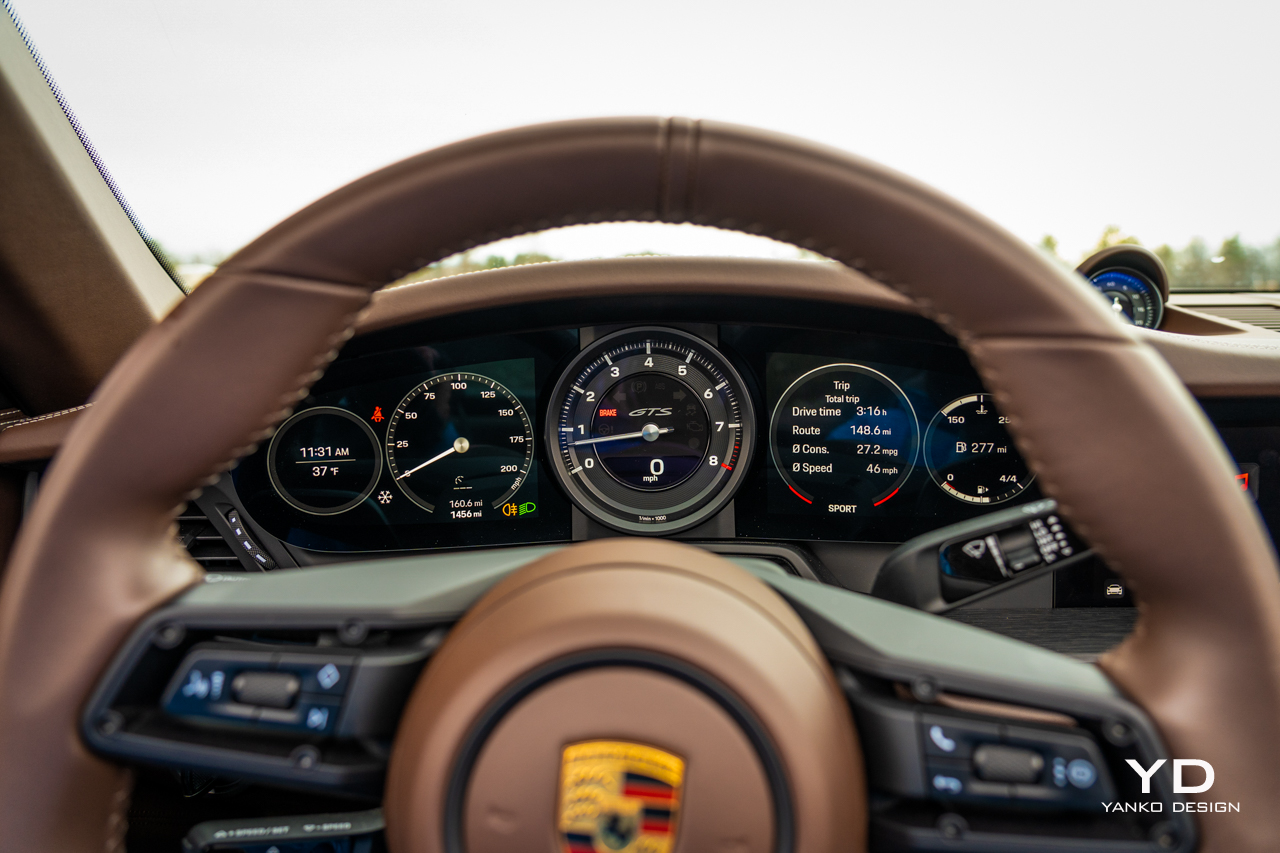
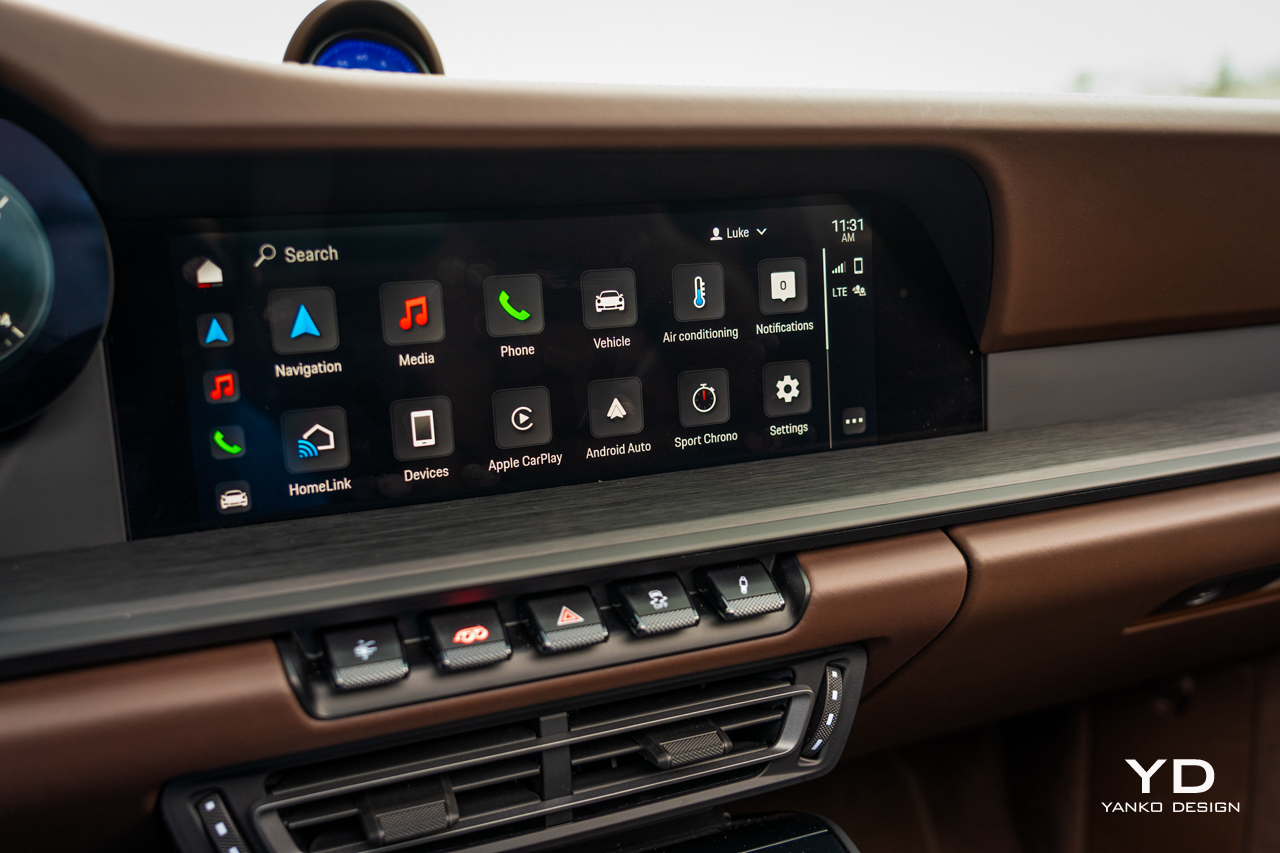
The car you see here came equipped with Porsche’s 18-way Adaptive Sport Seats Plus, which are just comfortable enough for long drives and just supportive enough for sporty ones. Rear seats are actually tolerable for children, so long as they don’t mind sitting bolt upright.
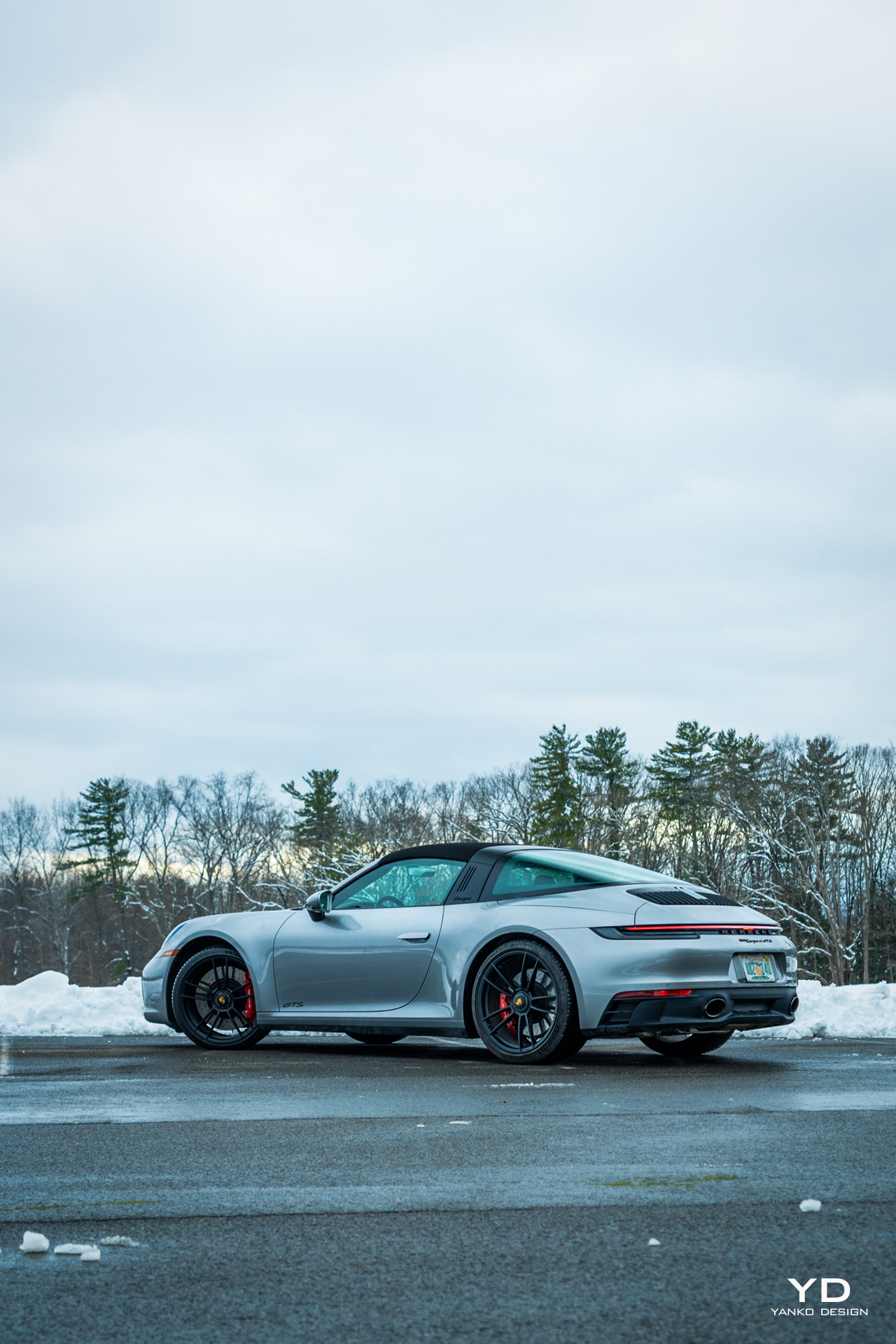
Row your own
All the interior details here circle the focal point of this 911 Targa, which is the stick shift sitting almost exactly in the middle of the car. This GTS came with Porsche’s seven-speed manual. Porsche’s semi-automatic, dual-clutch DSG transmission will always be quicker and is certainly nicer when stuck in traffic, as I was immediately after picking up this car, but there’s still nothing quite like shifting for yourself.
Which transmission you choose is a personal preference and I’m happy to report that you really can’t go wrong. Pick the manual and you’ll be blessed with short shifts that, at least on this nearly new car, are stiff. You really need to move that shifter with purpose, but the reward is an incredibly engaging feeling. With seven forward speeds there are a lot of gears here to manage, but the shifter linkage is perfectly set up to ensure you always get the next one you want. Auto rev-matching will help it engage smoothly.
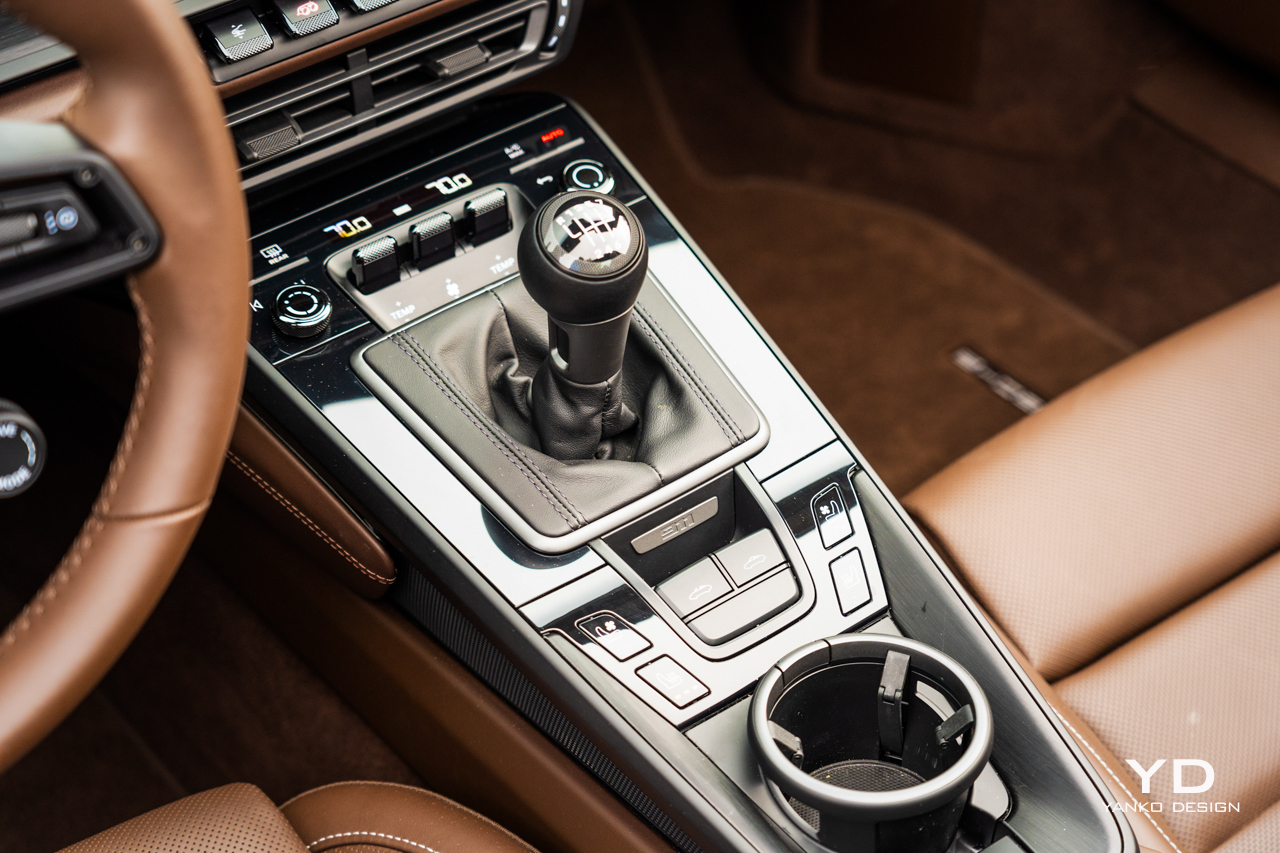
Roads were terribly icy when I tested the GTS you see here, wet and covered in road grime at the best of times, but the sure-footedness of Porsche’s all-wheel-drive system meant putting down the 473 horsepower and 420 pound-feet of torque from the 3.2-liter, twin-turbocharged flat six was never much of an issue. Sure, the tires spun up plenty of times and the car started to slip and slide on multiple occasions, but the Porsche Stability Management system always ensured that I never had to do more than make a slight correction to keep myself going in the right direction. The gigantic Michelin snow tires helped, too, without compromising the inherent feel of this car, a feel enlivened by the optional rear-steering system, which helped hide the Targa’s extra heft.
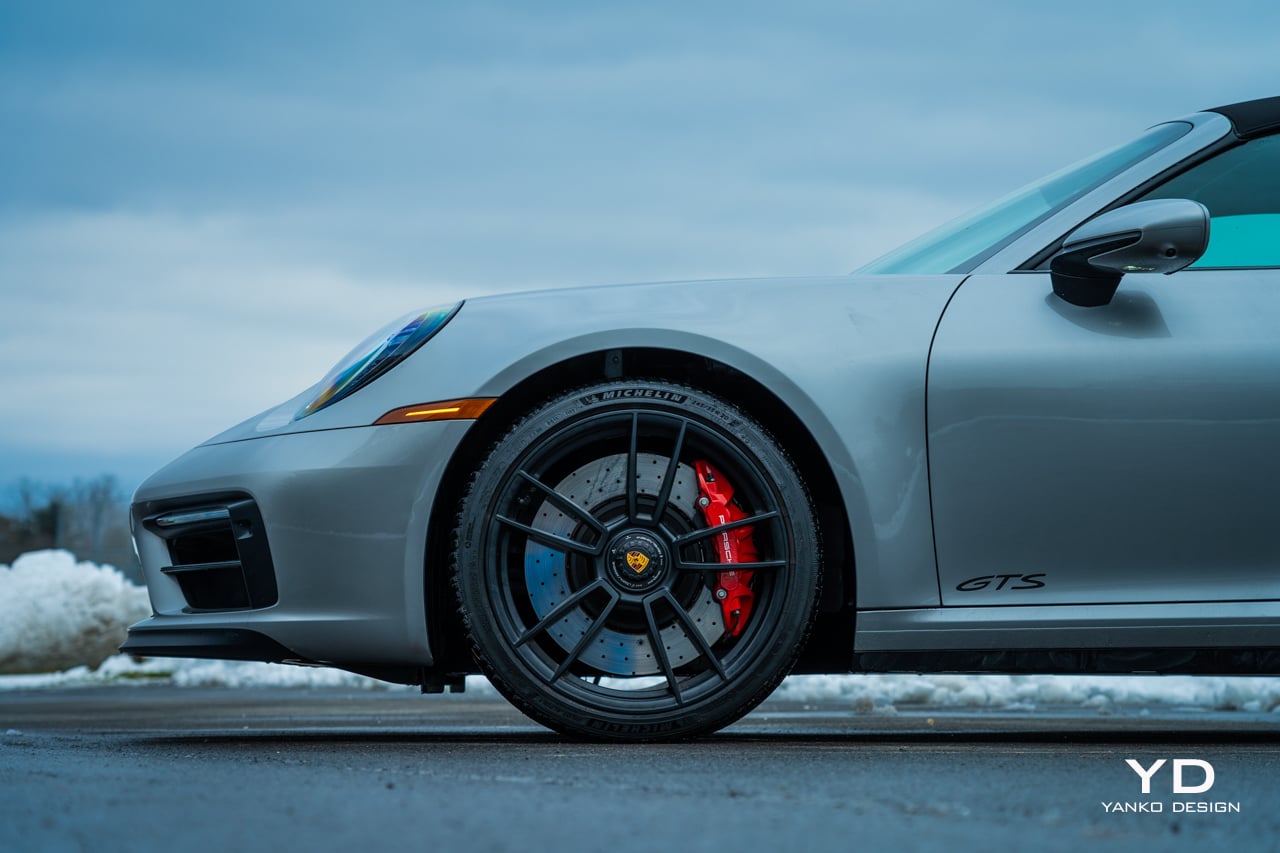
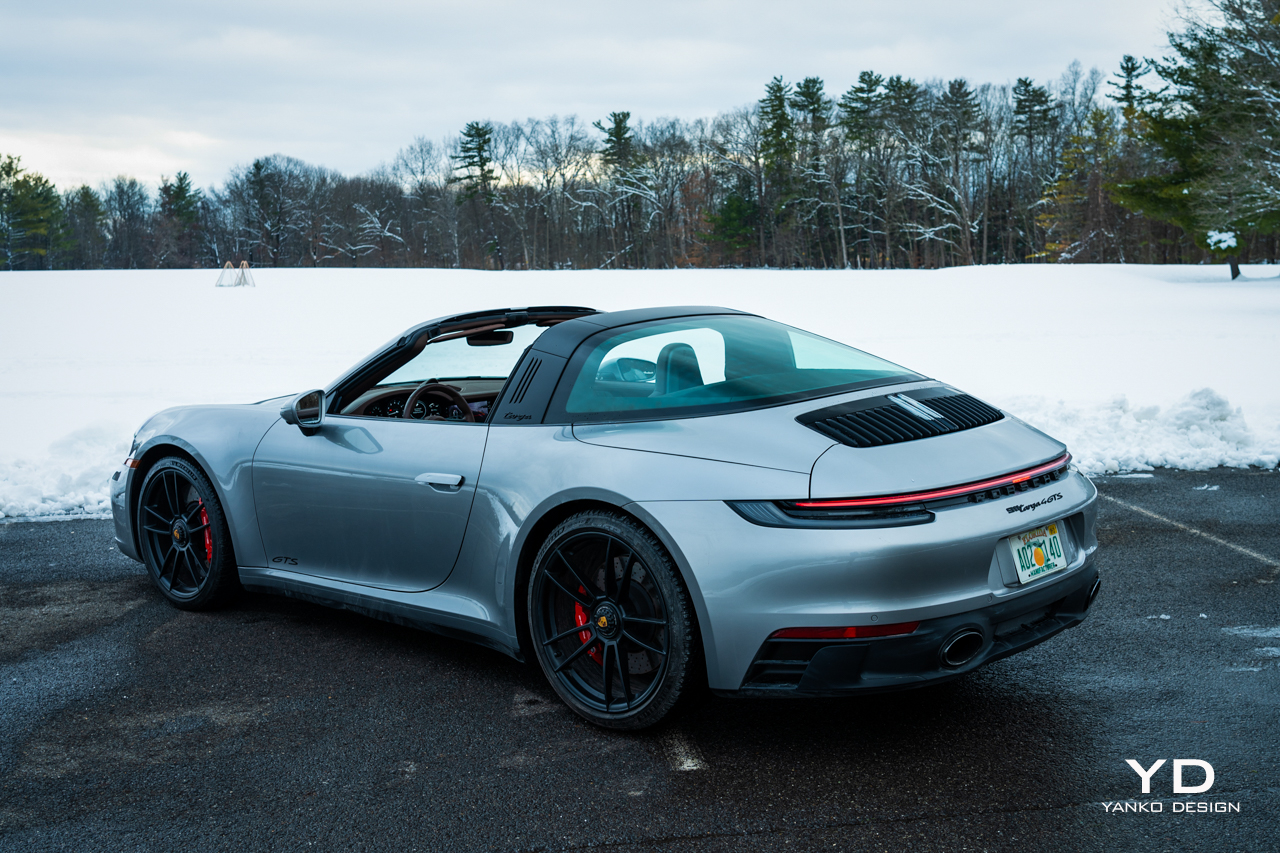
Acceleration is strong, as you can imagine, the GTS offering 94 more horsepower than the base Carrera. Conditions were bad enough that I never really needed the extra ponies during my time with the car, but it’s always good to know they’re there, and the sport exhaust meant I could hear them all when I wanted to. Or, when it was time to cruise by the neighbors, the flip of a switch muted the experience.
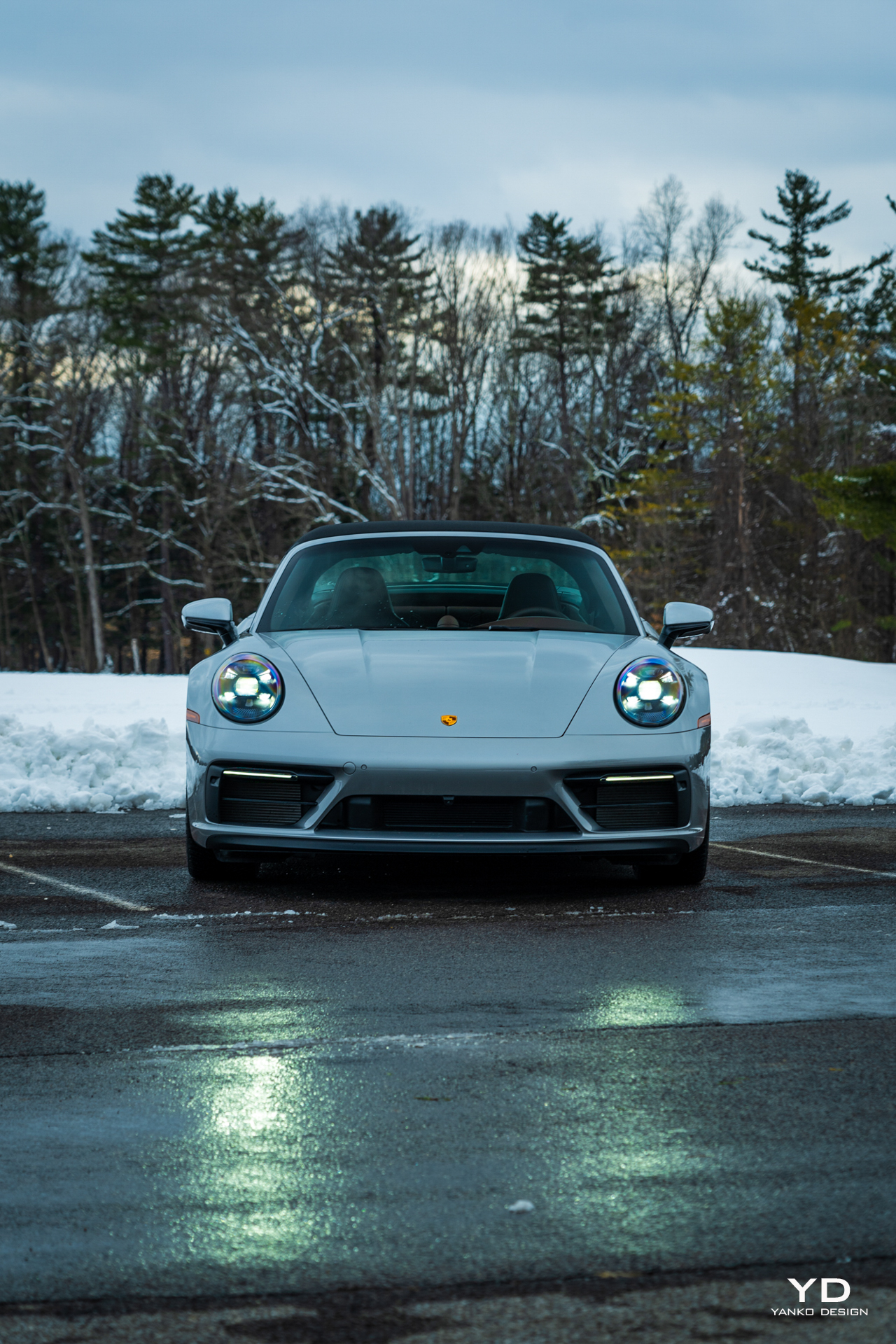
Likewise, another switch lifts the nose up to get over any troublesome piles of snow and ice, just a few features that make the 911 a sublime car for everyday drives. The Targa loses nothing in that regard. The main storage area, up under the hood, is exactly the same as on the coupe. 4.6 cubic feet isn’t a lot by GT standards, but it’s more than enough for a couple of overnight bags or TSA approved carry-ons. Anything more than that will need to fit in the rear seats.
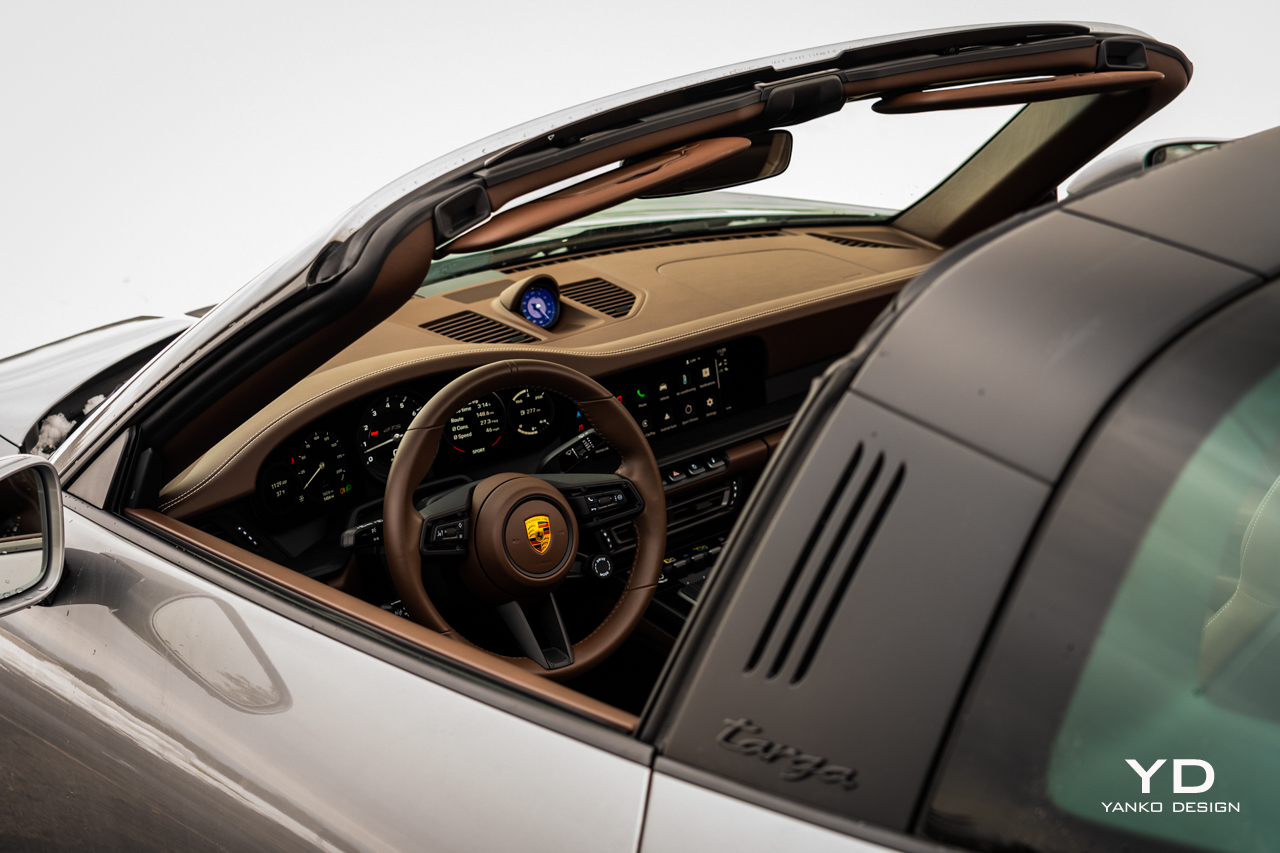
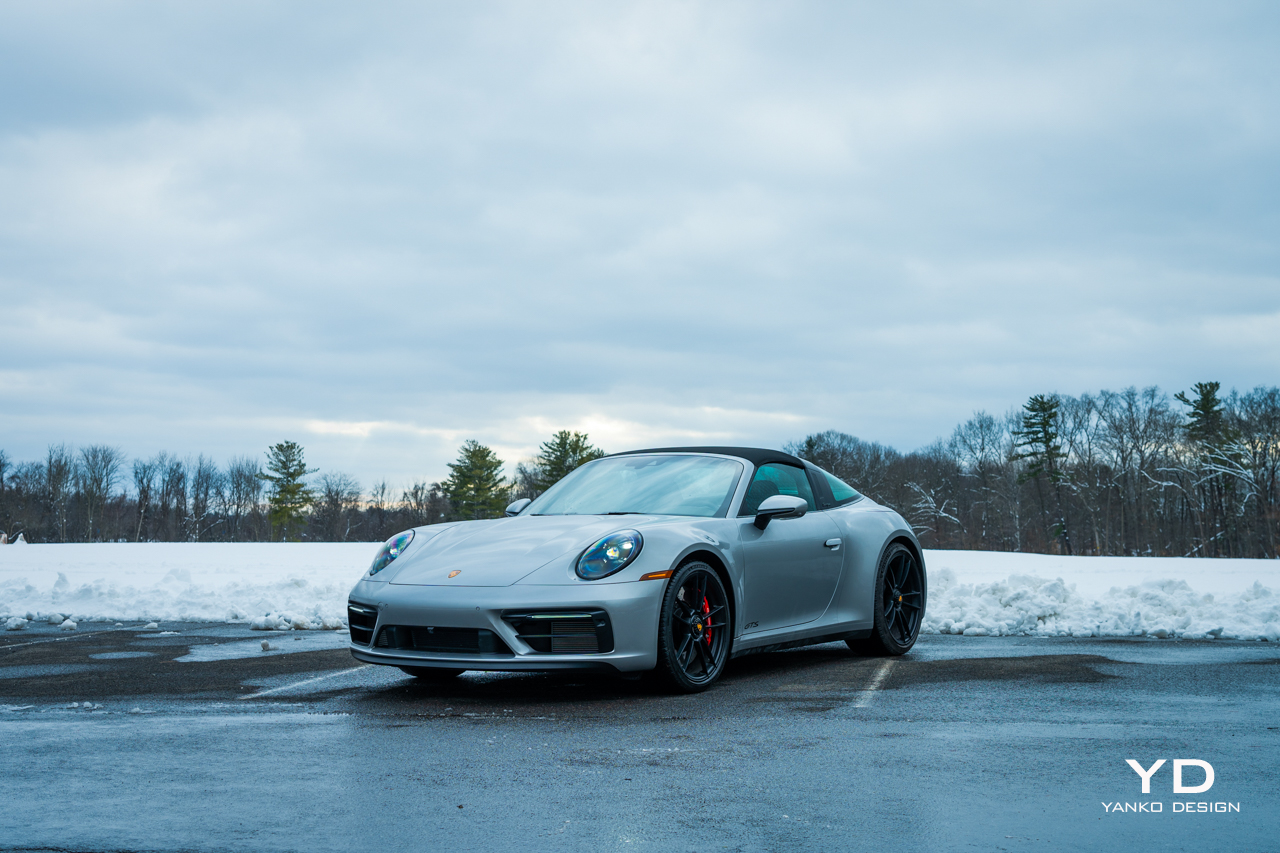
Ride quality is on the firm side but compliant when cruising, engaging and sharp when you want to drive the 911 hard. If there’s a flaw here it’s that the 911 GTS has so much grip, so much poise, that you really need to be moving to feel like you’re pushing the car at all. That’s one of the reasons why winter driving can be so much fun. Those limits are brought down to a level where you can approach them without risking your license.
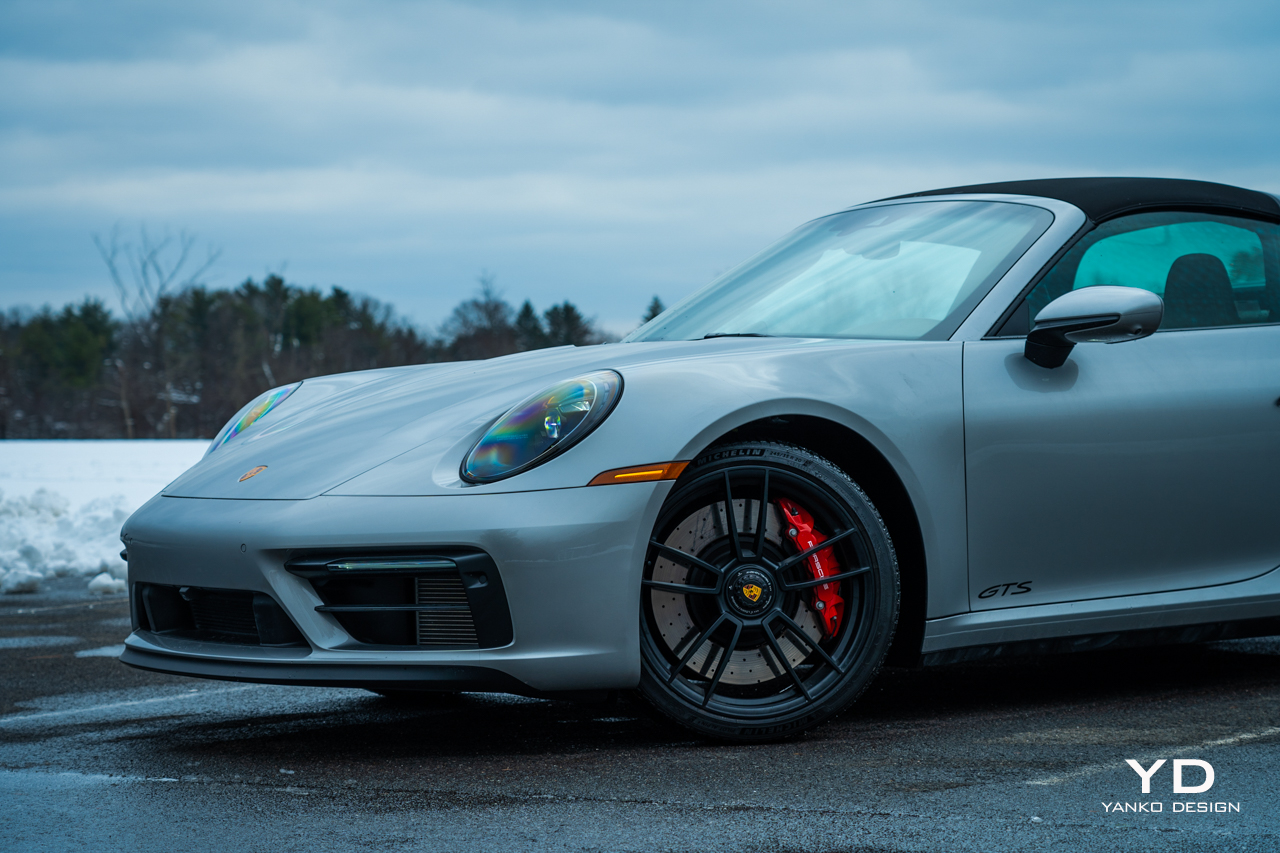
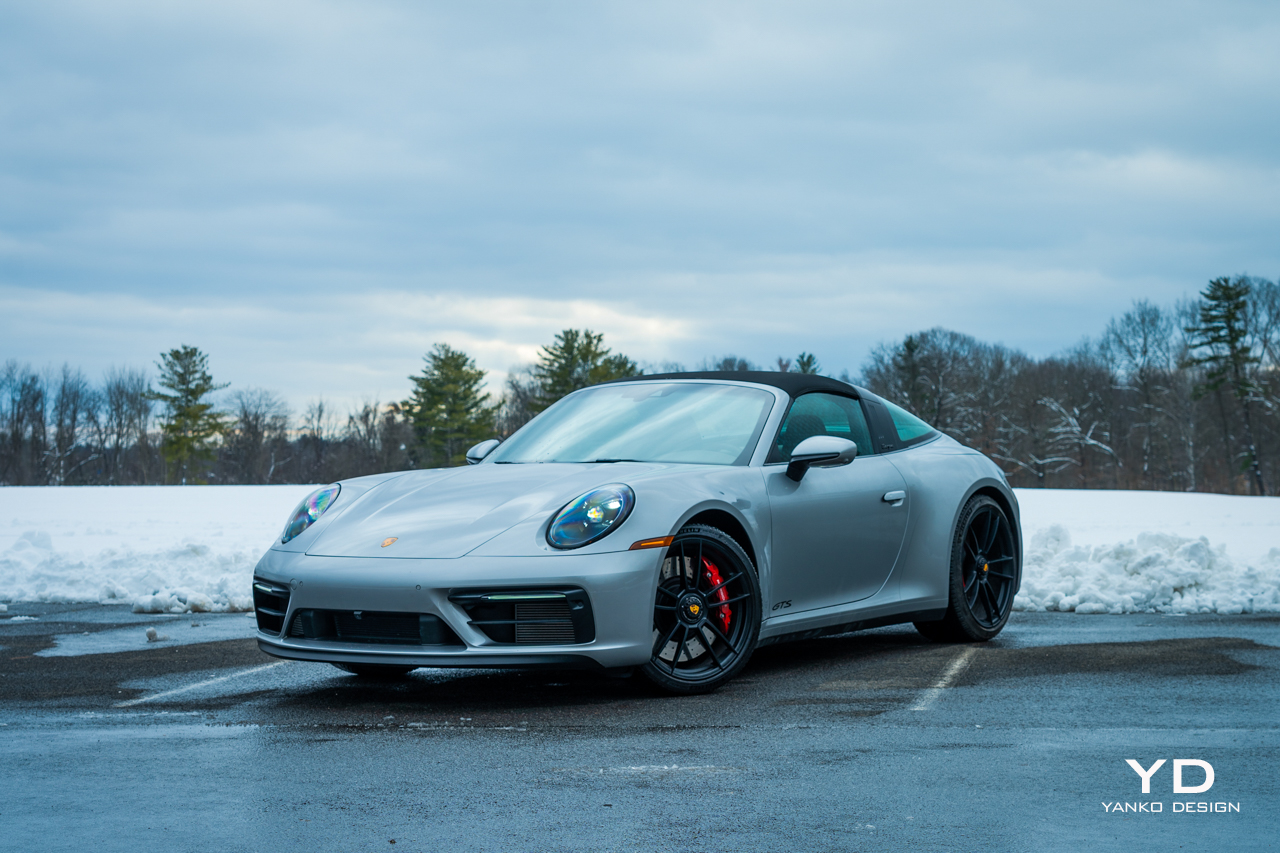
Pricing and Options
The 911 Targa 4 GTS you see here was quite well appointed. A $156,800 base MSRP rose to $181,610 thanks to that Truffle Brown interior ($6,040 plus another $1,490 for the 930 Leather Package and another $3,030 for the 18-way seats), $3,760 for the Premium Package (including a better Bose sound system and power folding mirrors), $2,090 for the rear-steering system, plus a few other odds and ends and $1,350 destination.
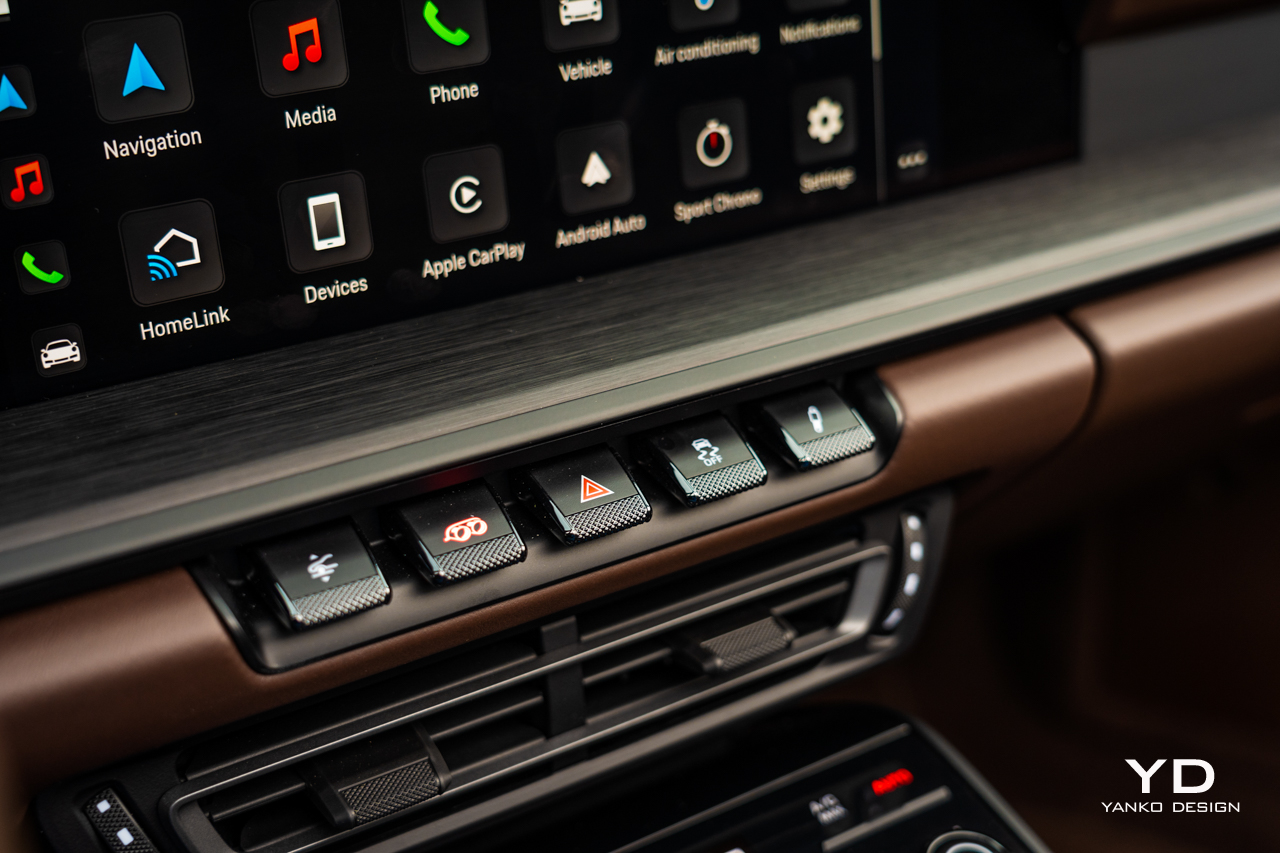
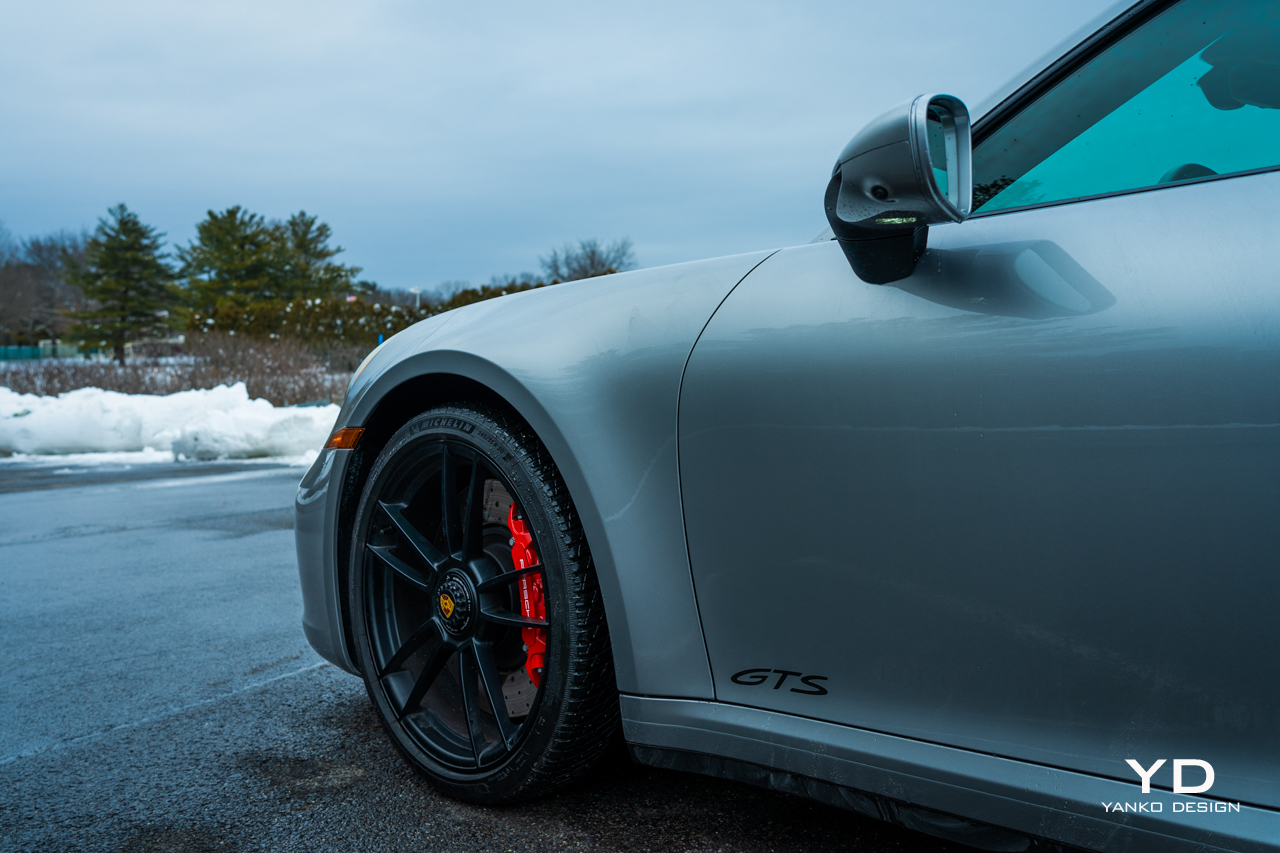
Yes, that is an awful, awful lot of money for a sports car, but today’s 911 is so much more. This is a reasonably practical, reasonably comfortable car that will delight you every day without exhausting you on those days when you just want to get home. While it’s hard to feel good about Porsche charging so much for every little option that you might want, it does mean that you can skew the 911 in whatever direction you want it. Whatever way you choose, you’re going to get something that drives as well as it looks.
The extra weight of the Targa over the Cabriolet for me is a small price to pay for the extra style that this flavor of 911 exudes. It’s not the choice for purists who want the ultimate handling from their Porches, but for those who want to let a little extra light and wind in on sunny days, this is the way to go.
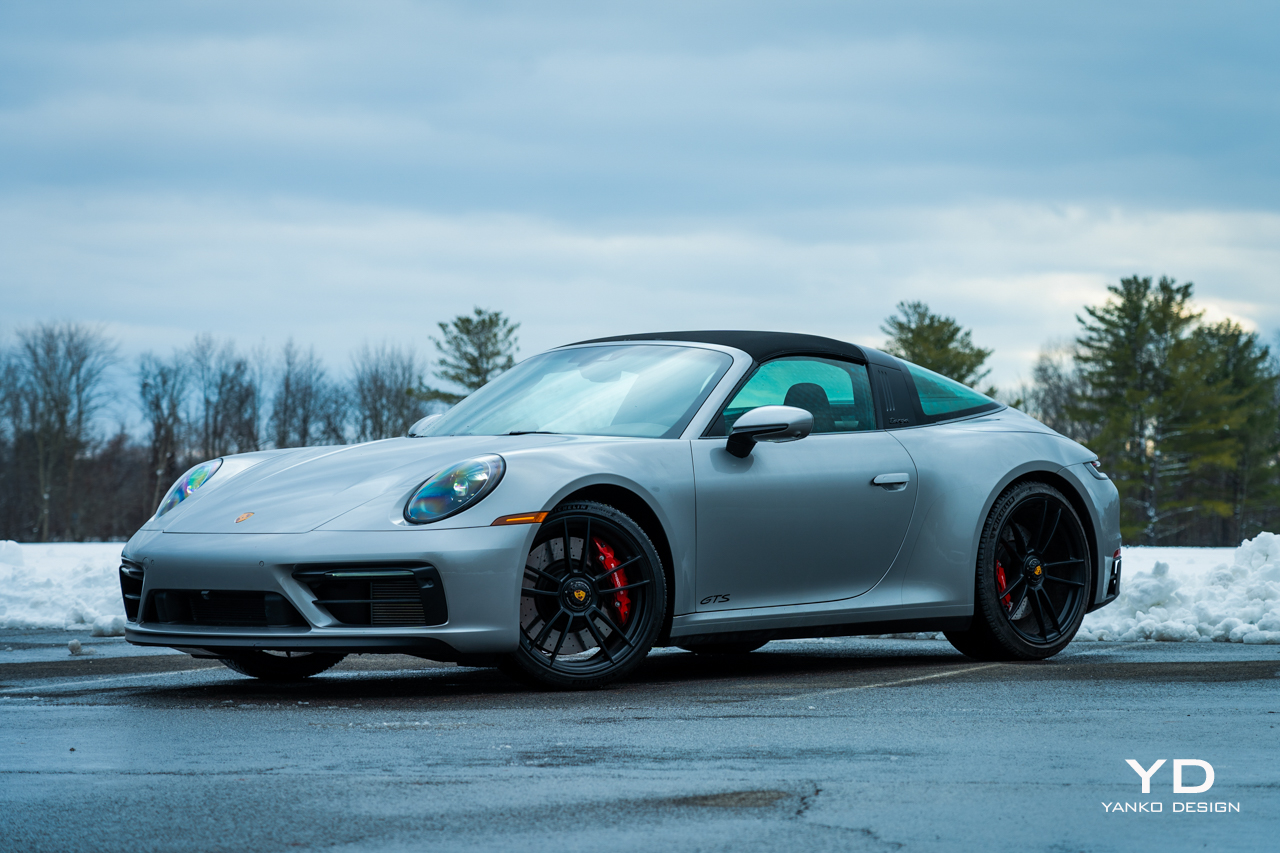
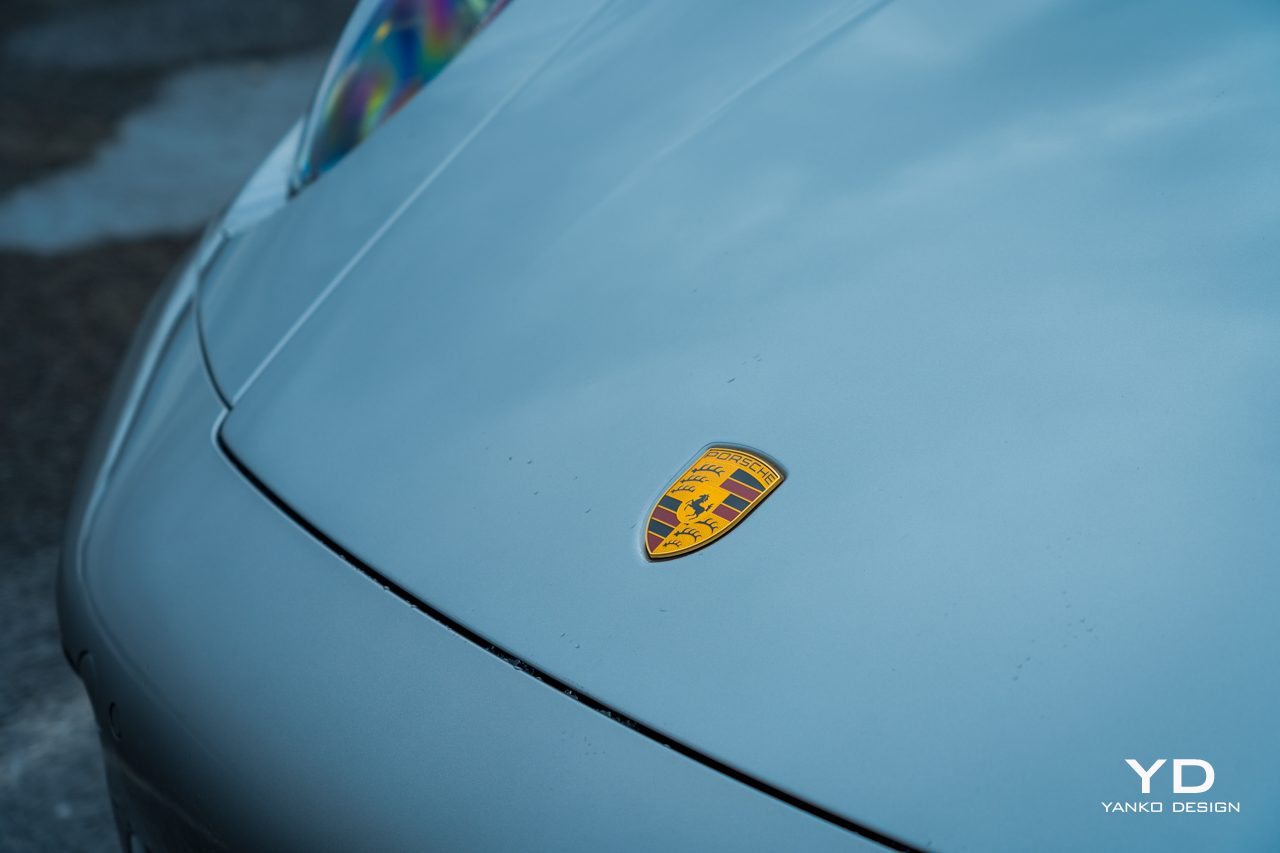
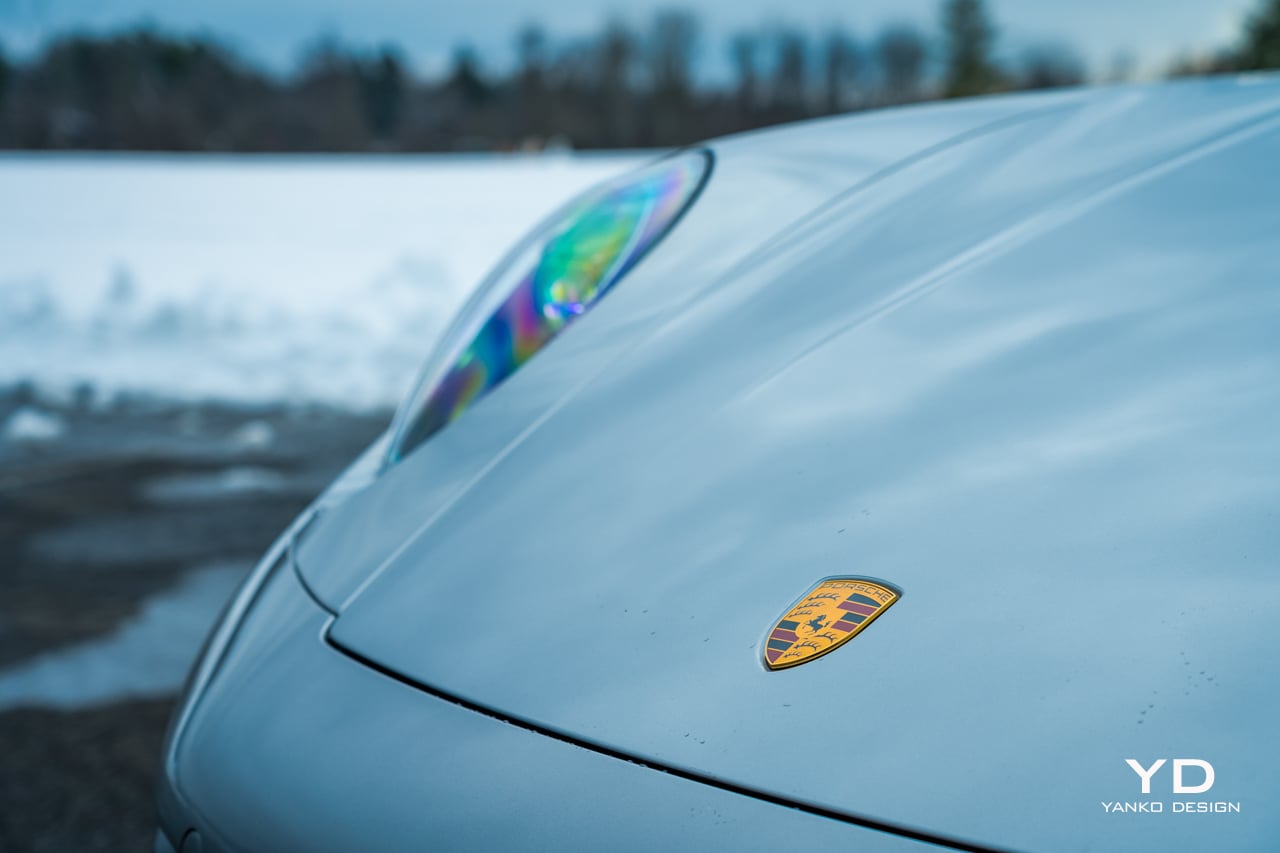
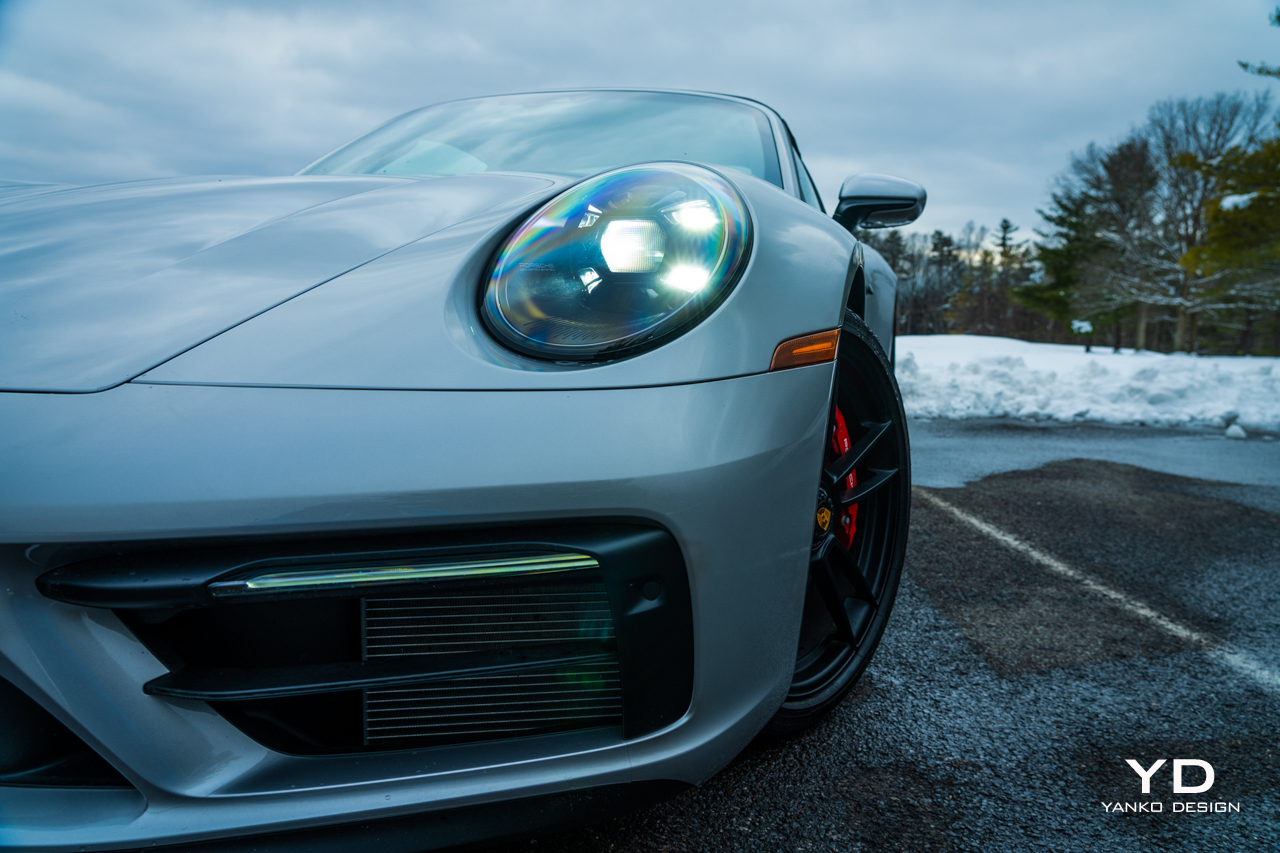
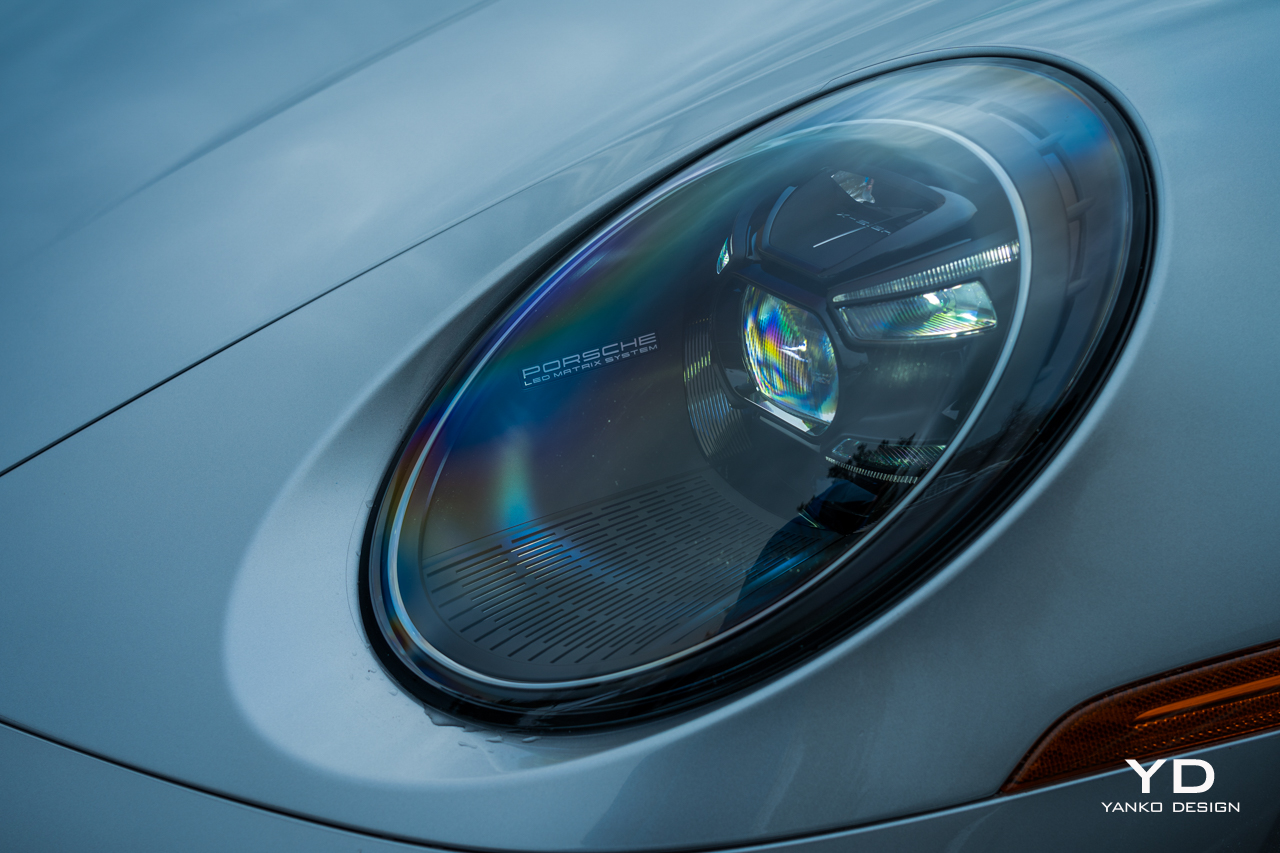
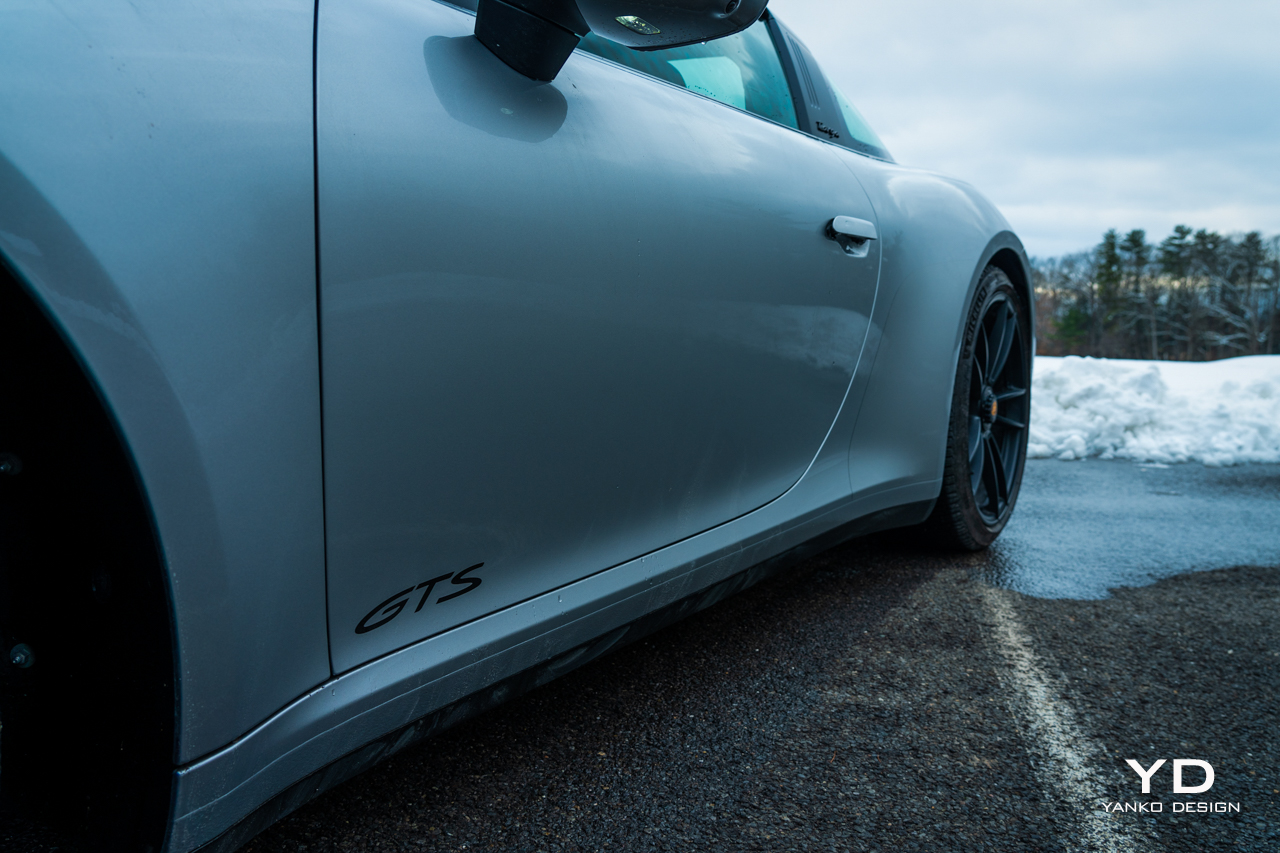
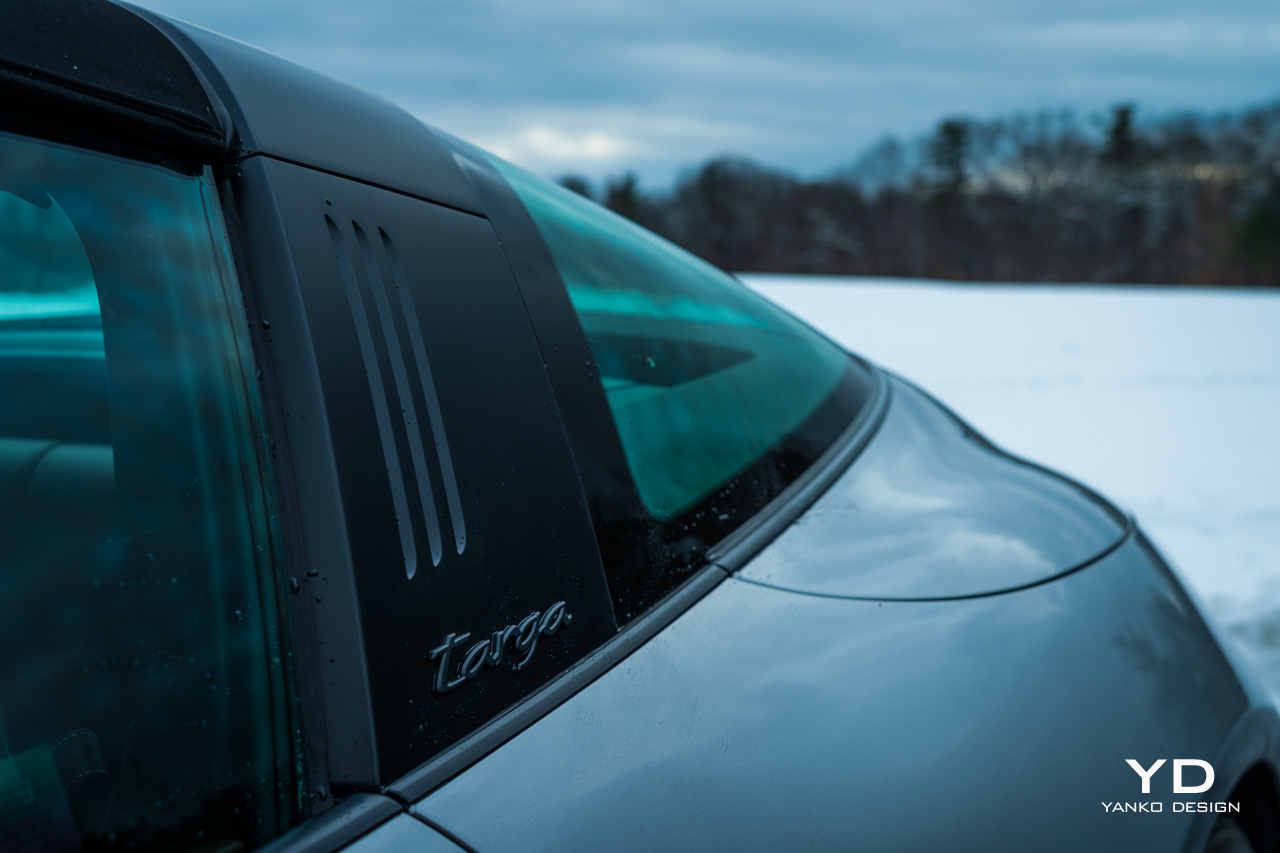
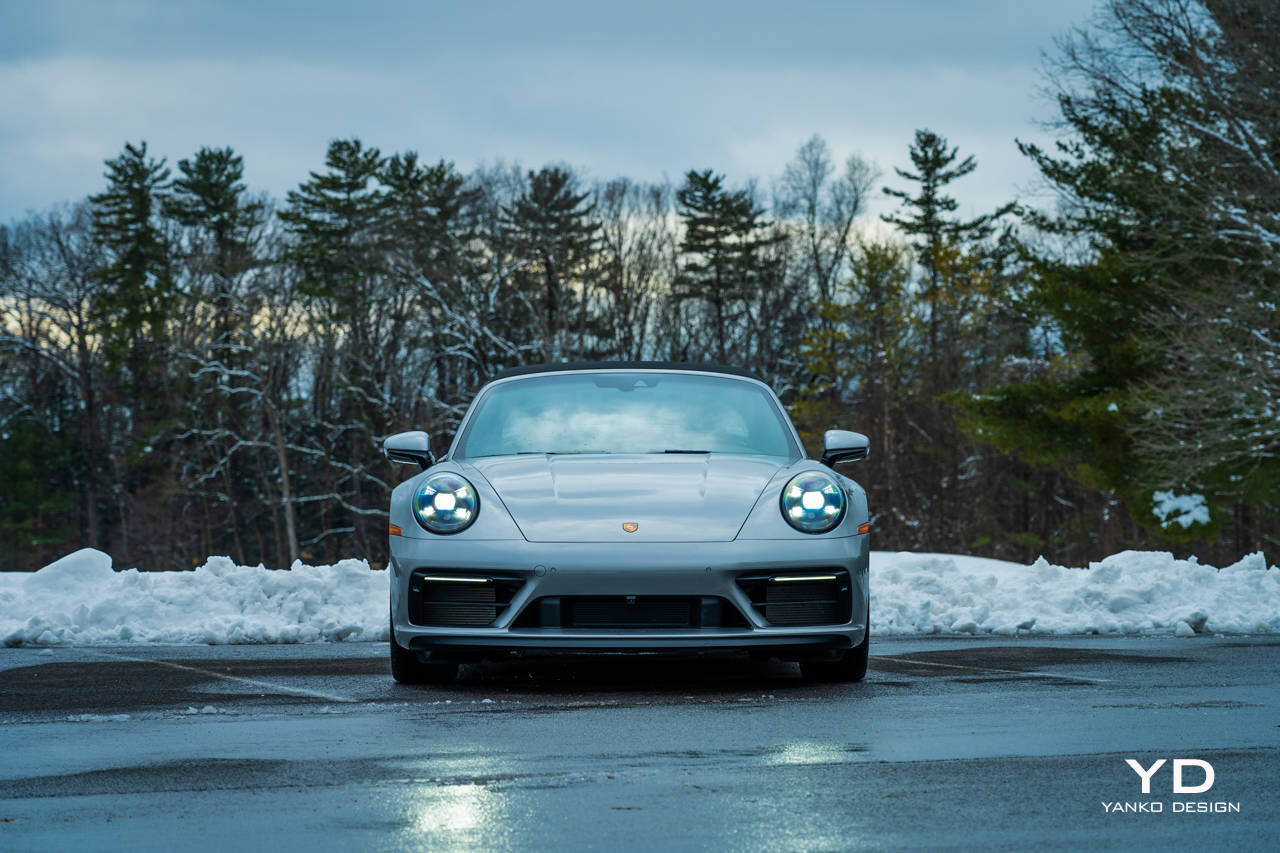
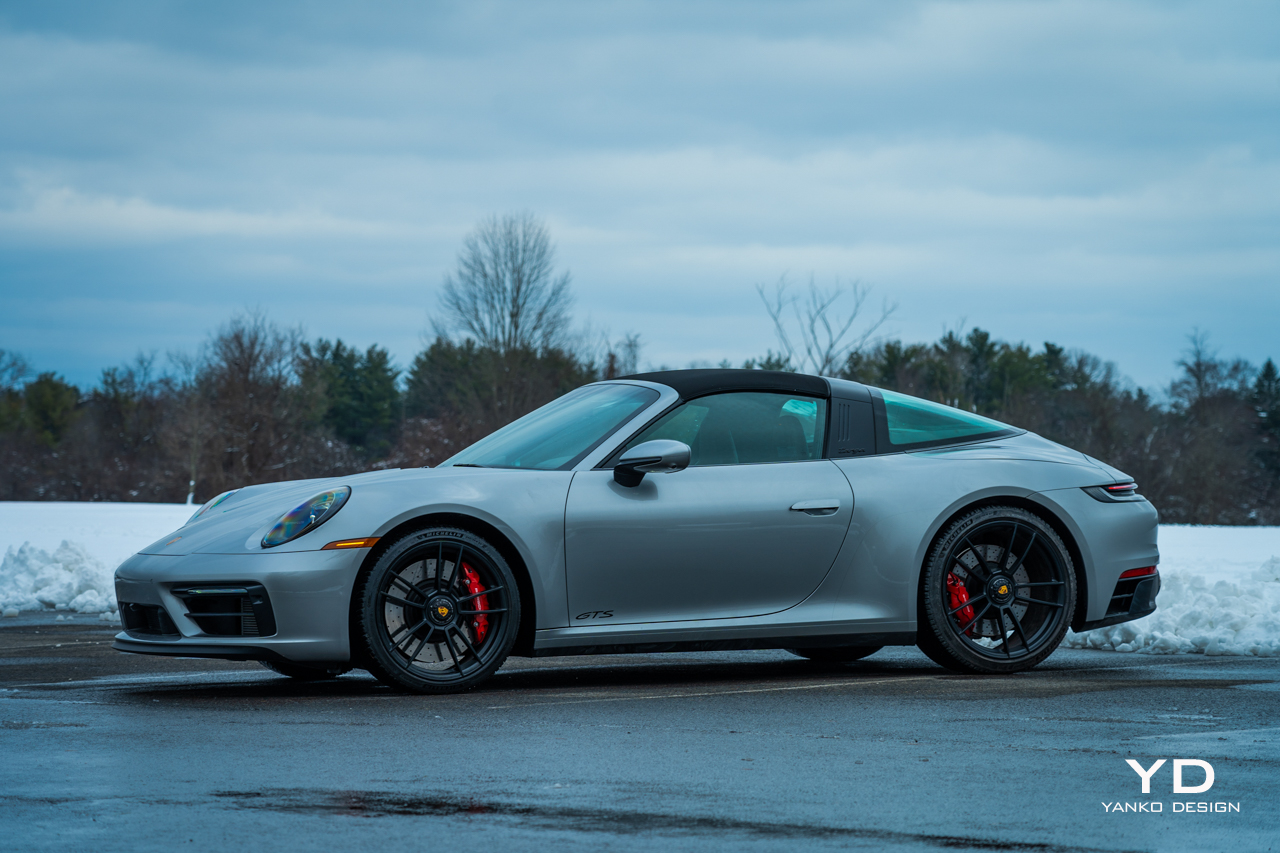
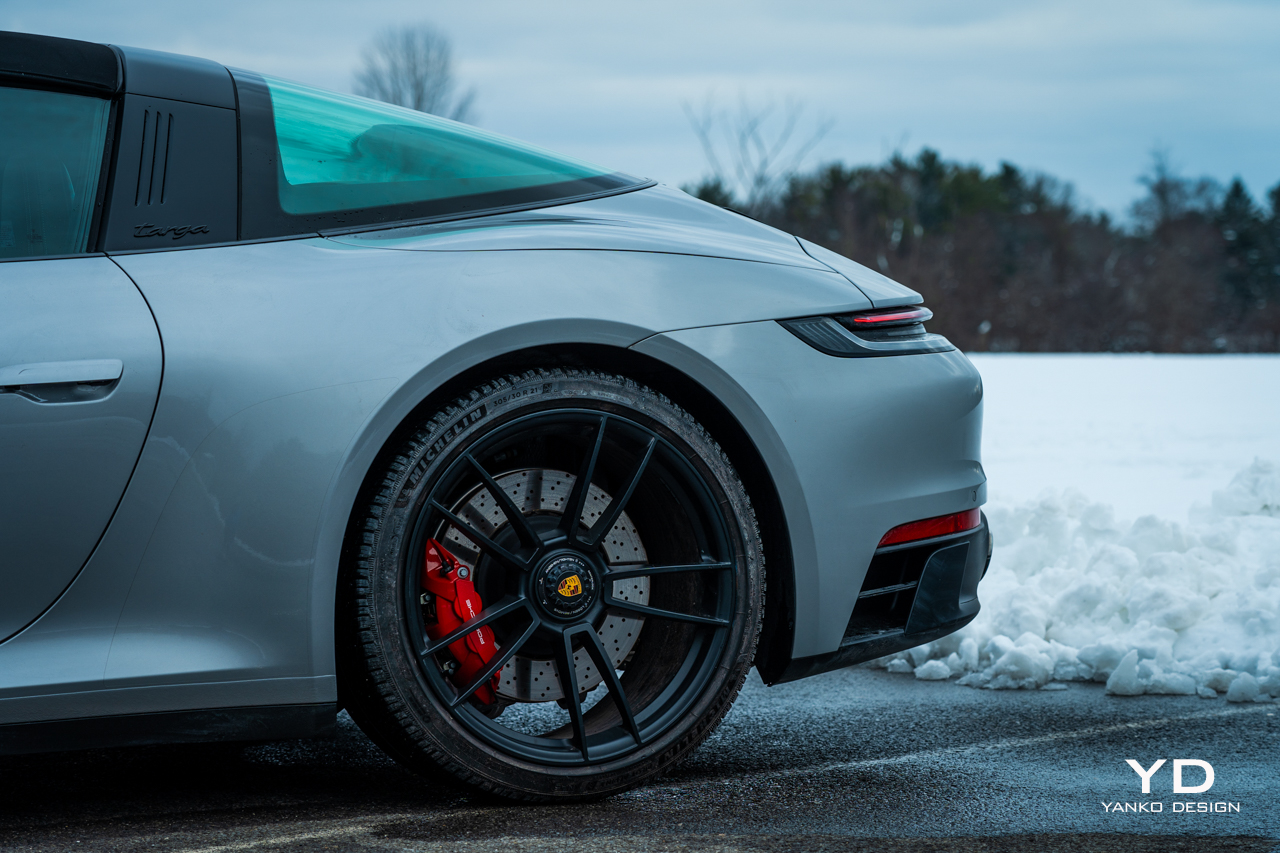
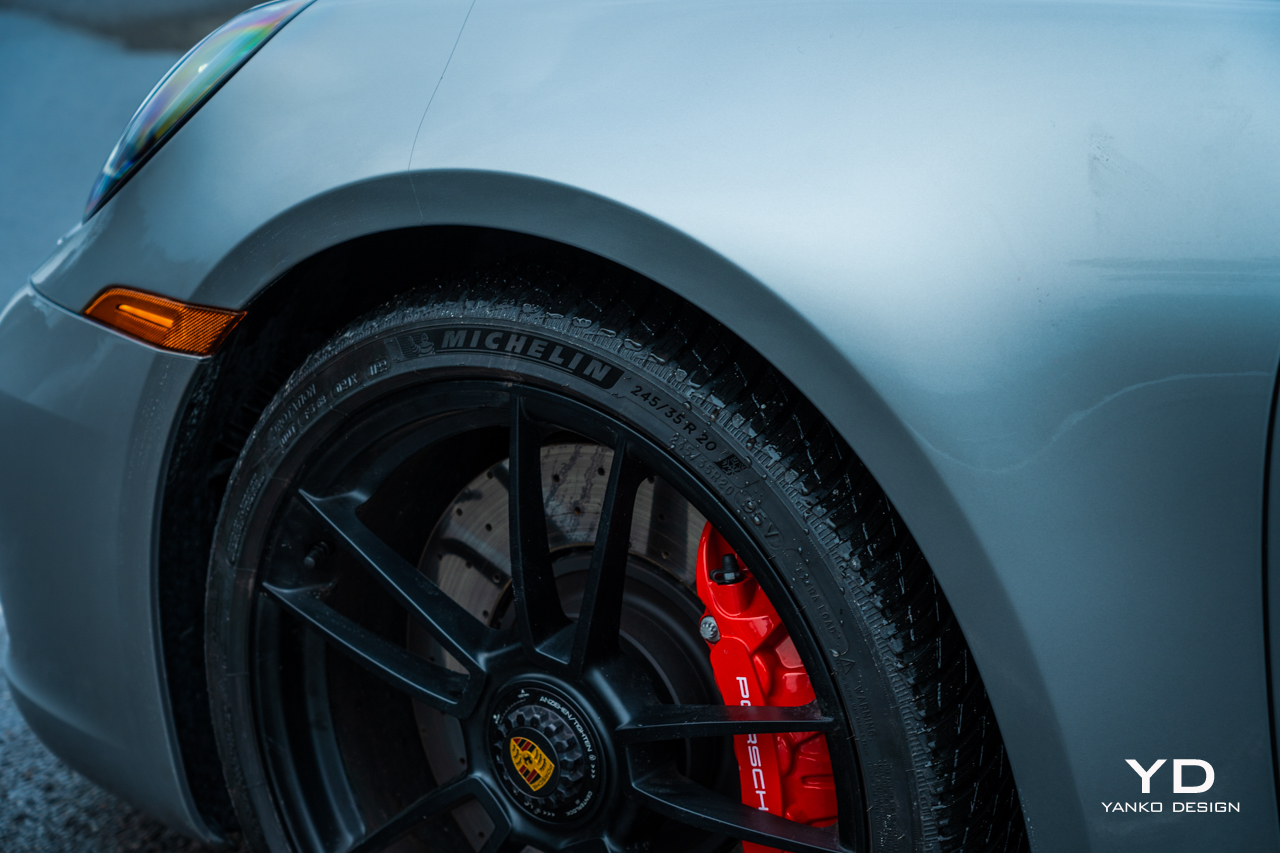
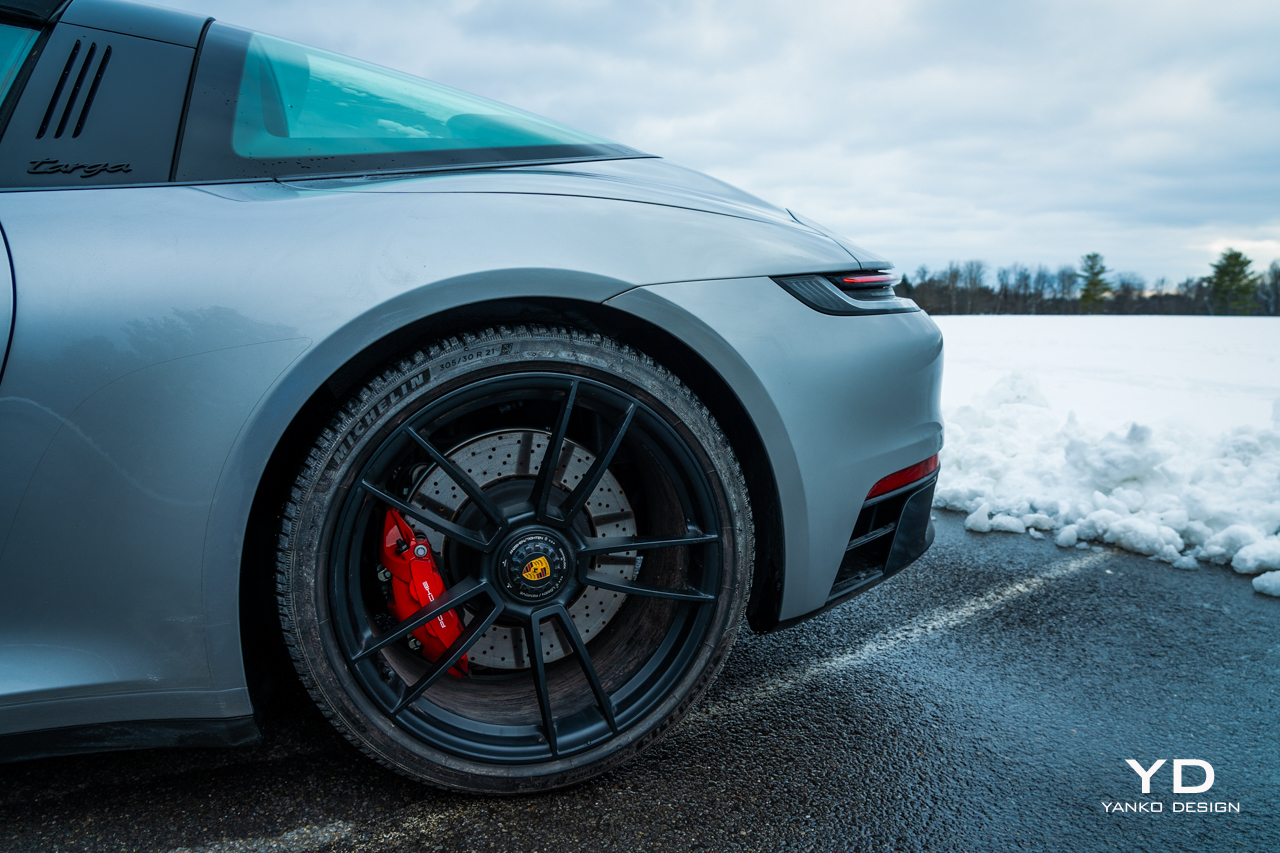
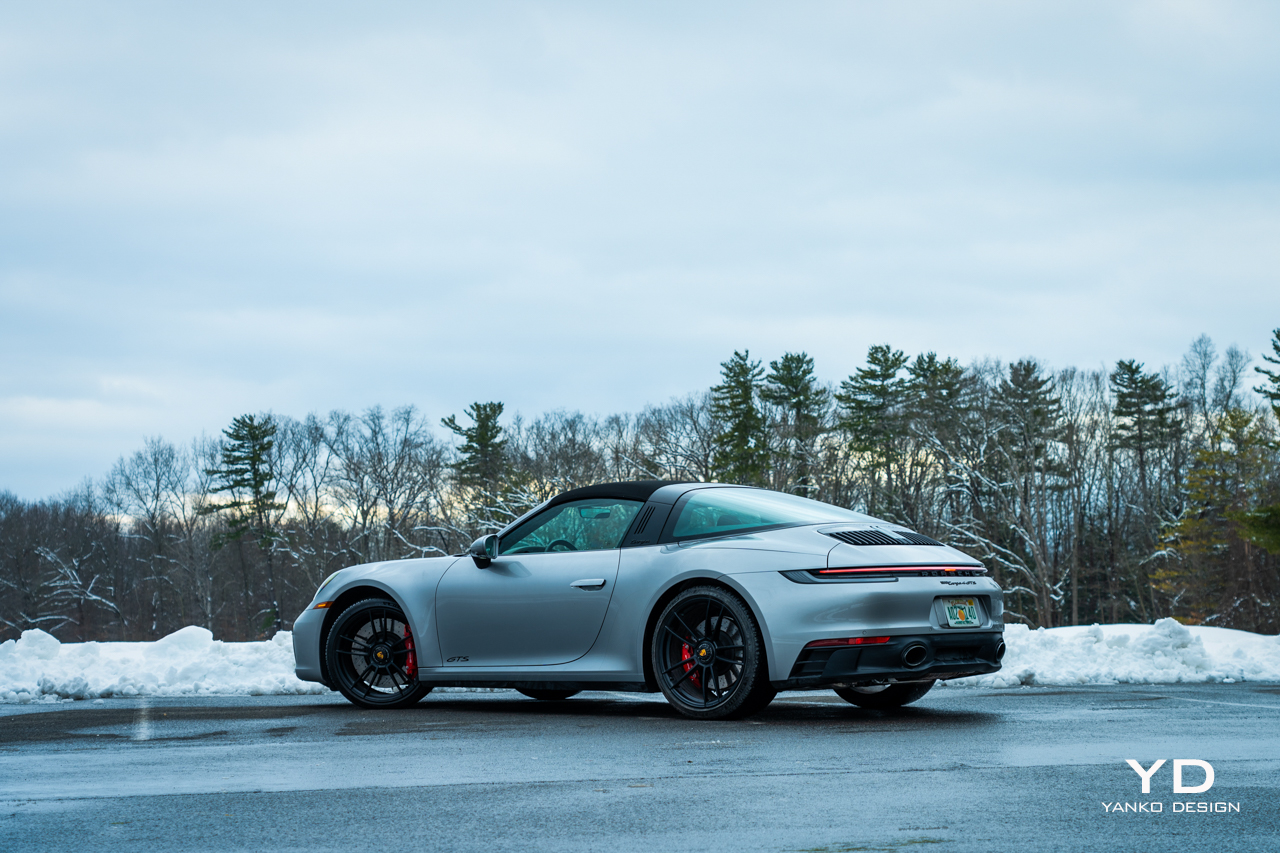
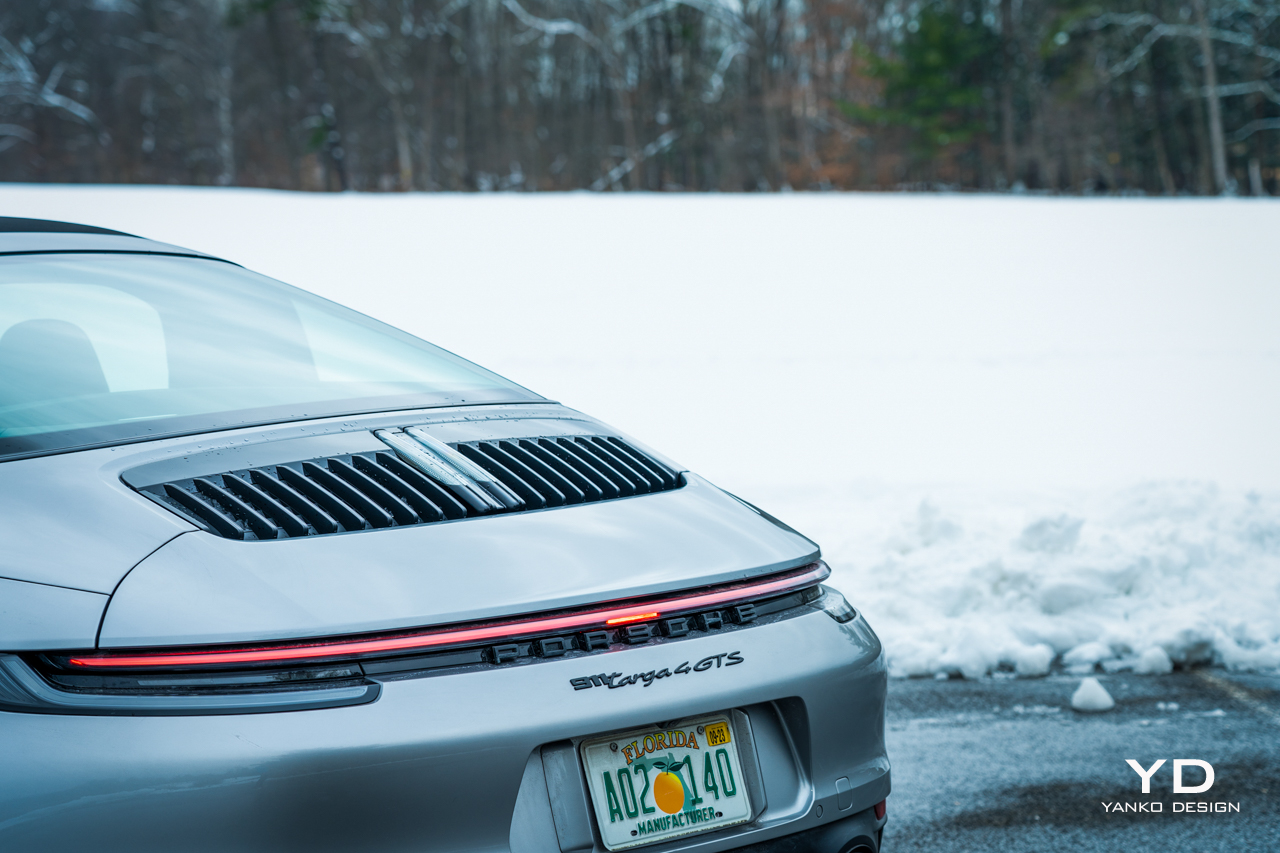
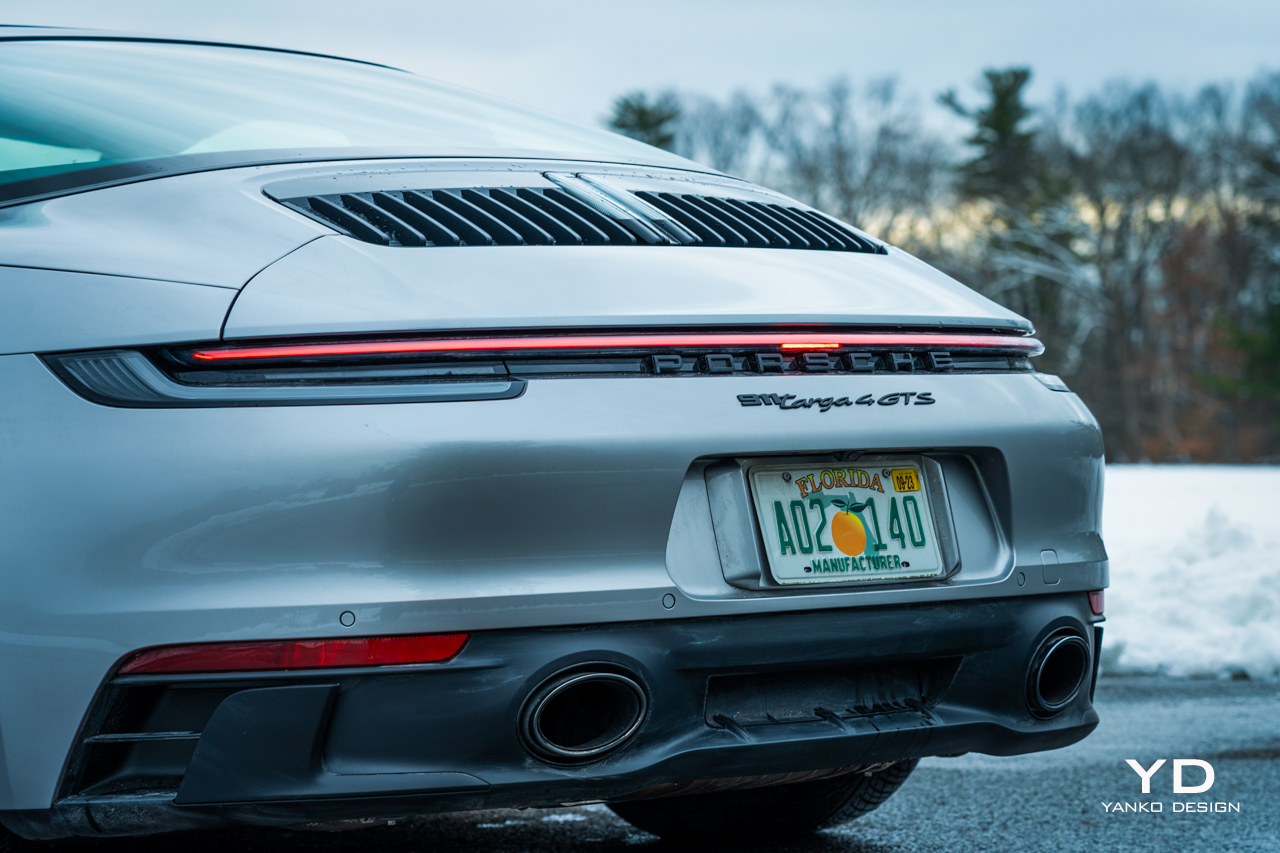
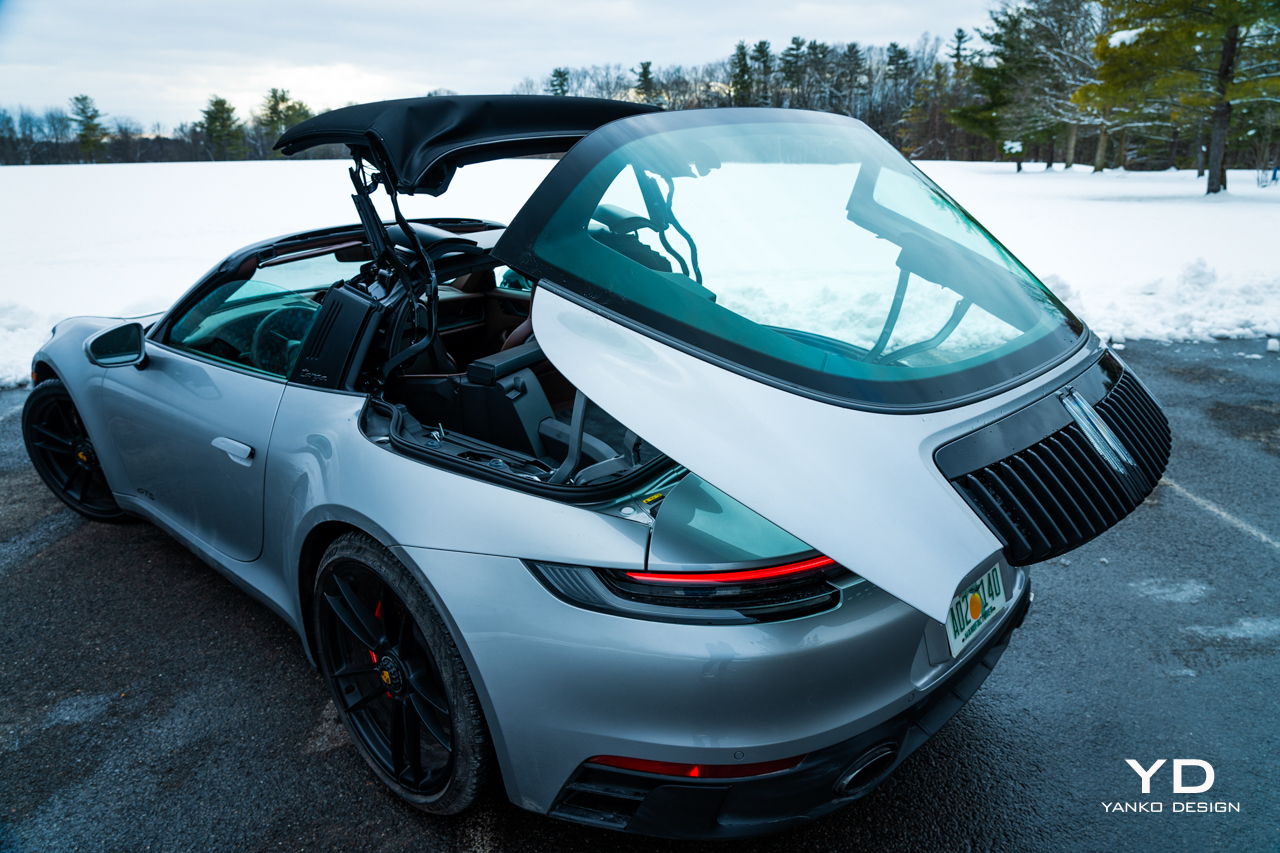
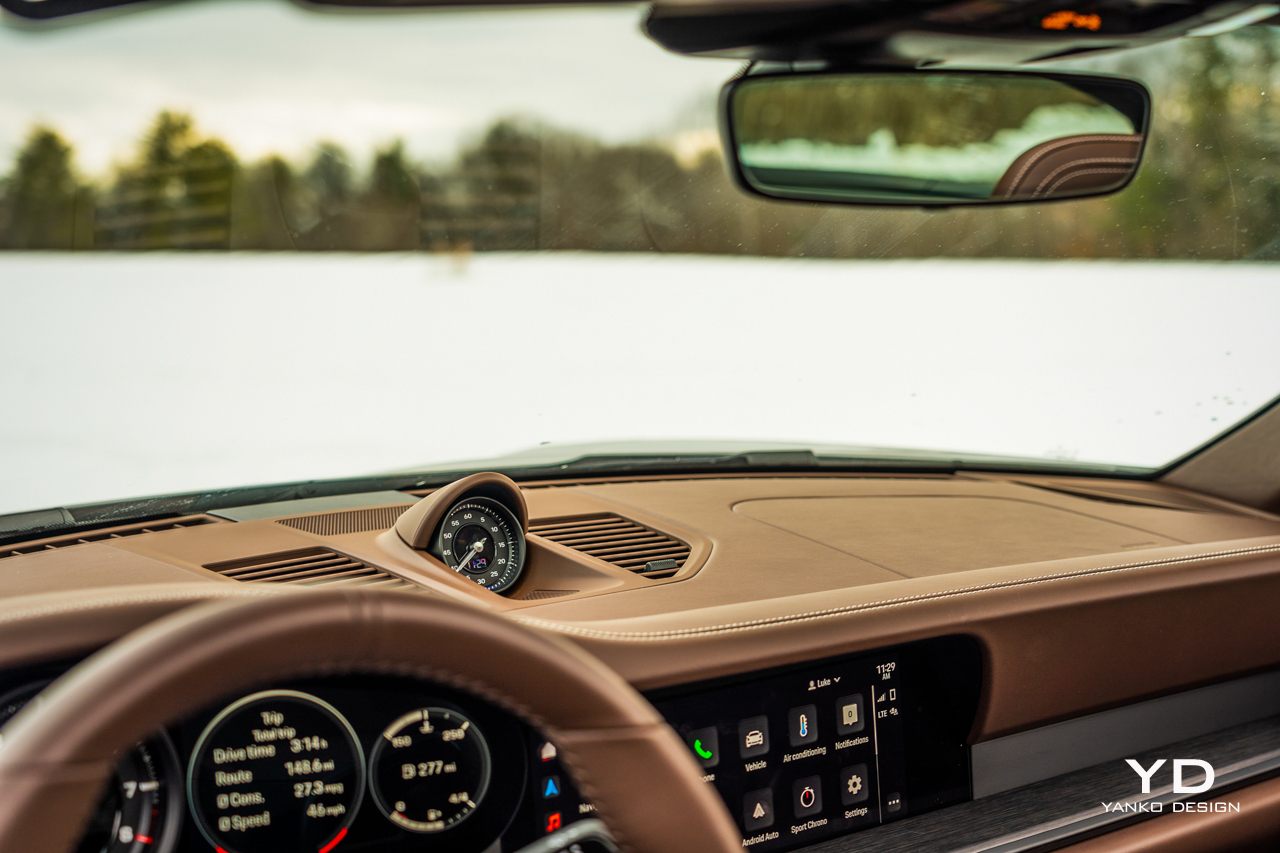
img class=”alignnone size-full wp-image-419580″ src=”https://www.yankodesign.com/images/design_news/2023/02/auto-draft/2023_Porsche_GTS4-Targa_Review_yankodesign_41.jpg” alt=”” width=”1280″ height=”853″ />
